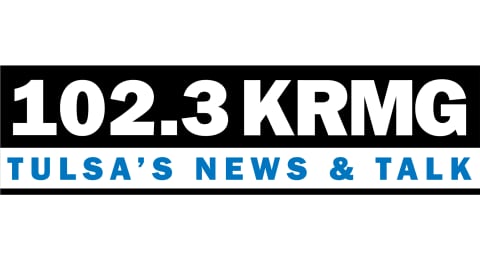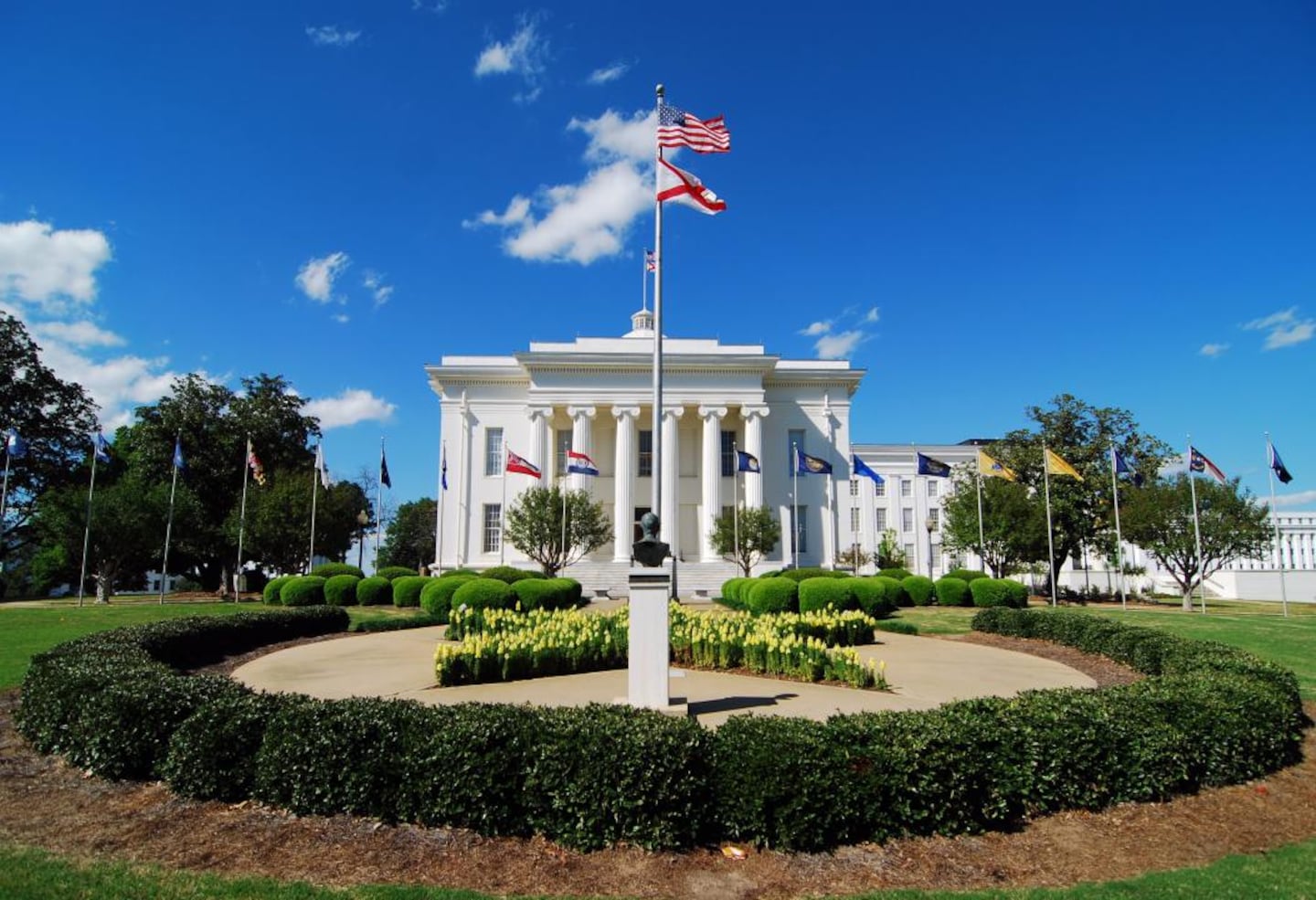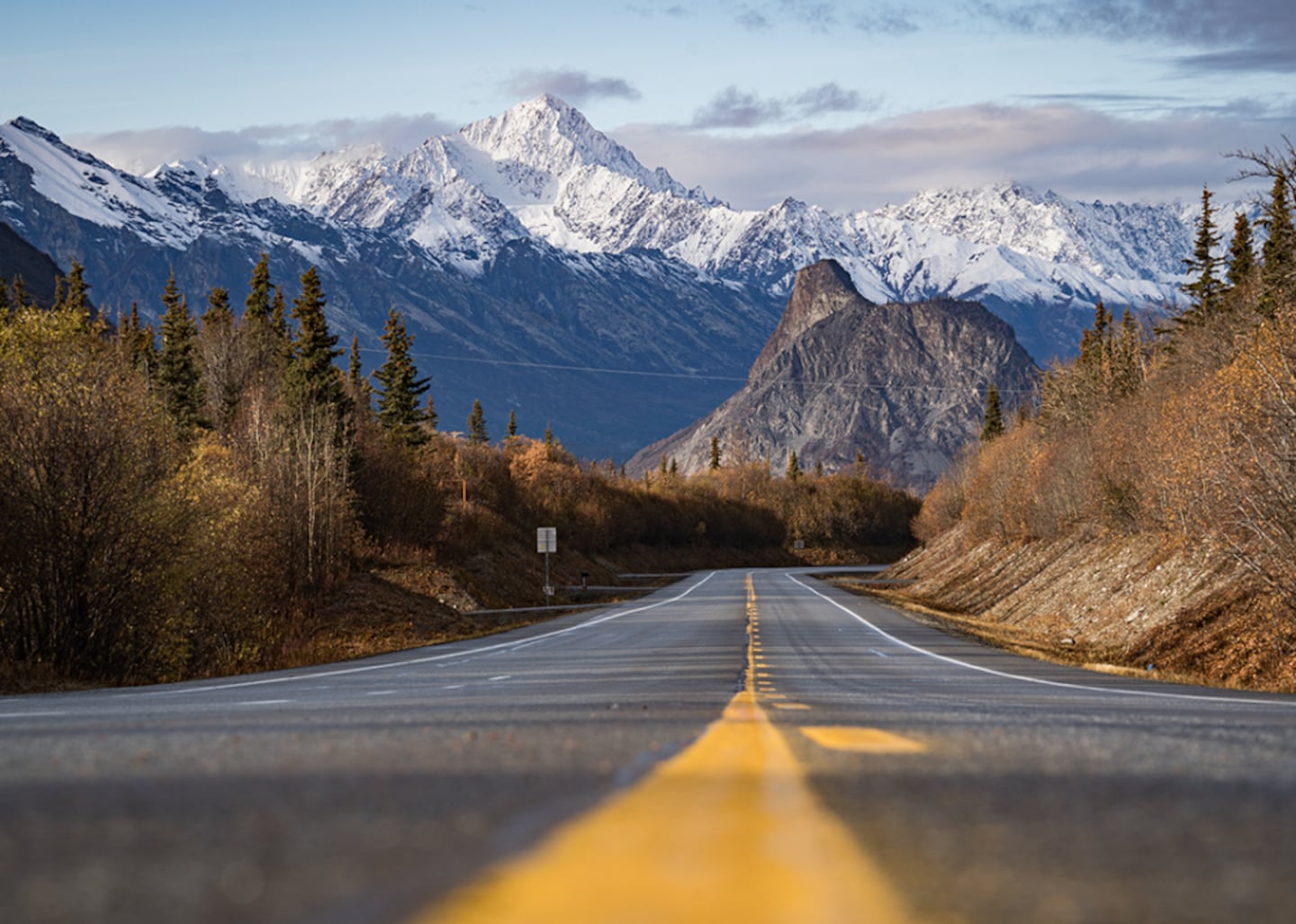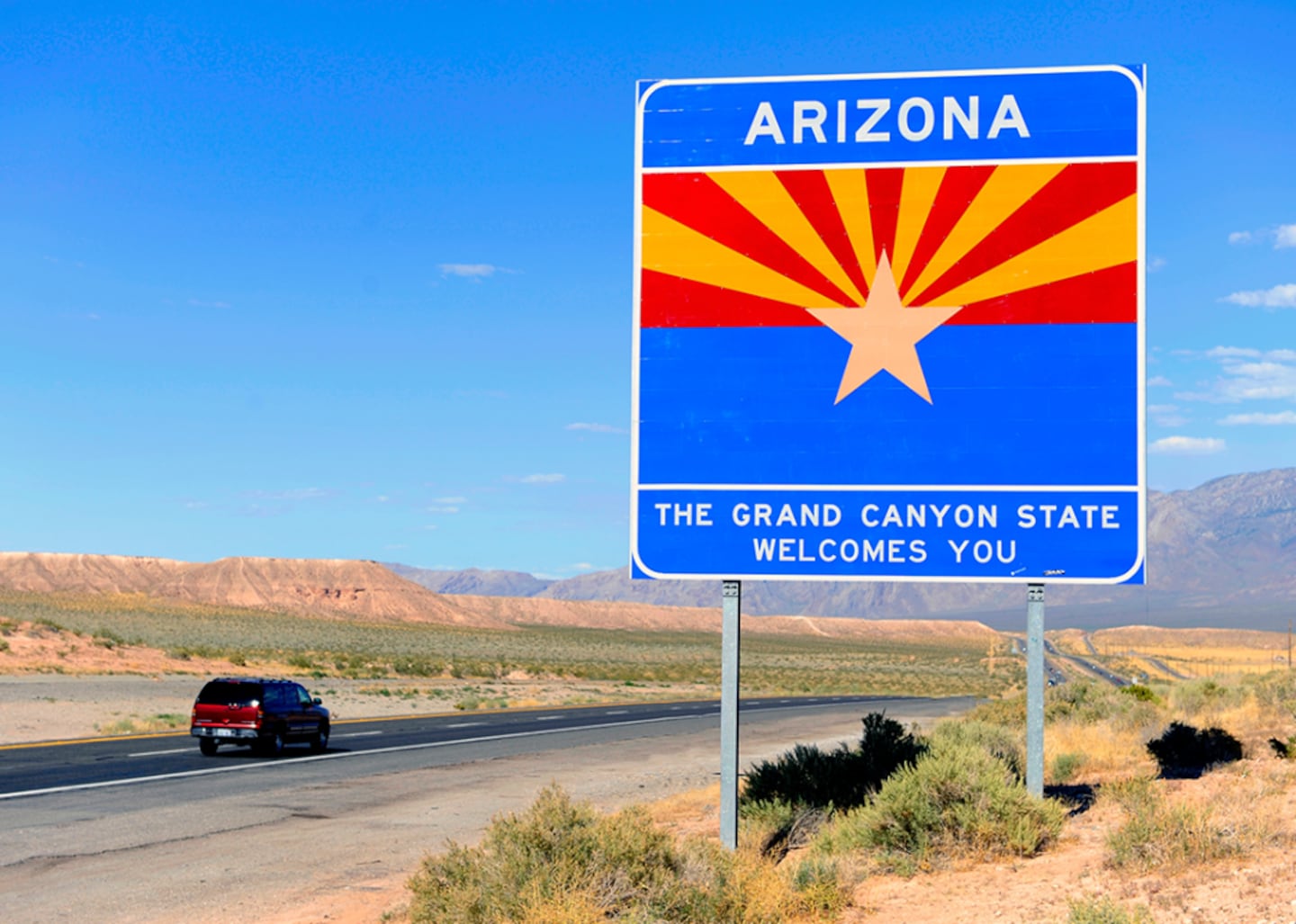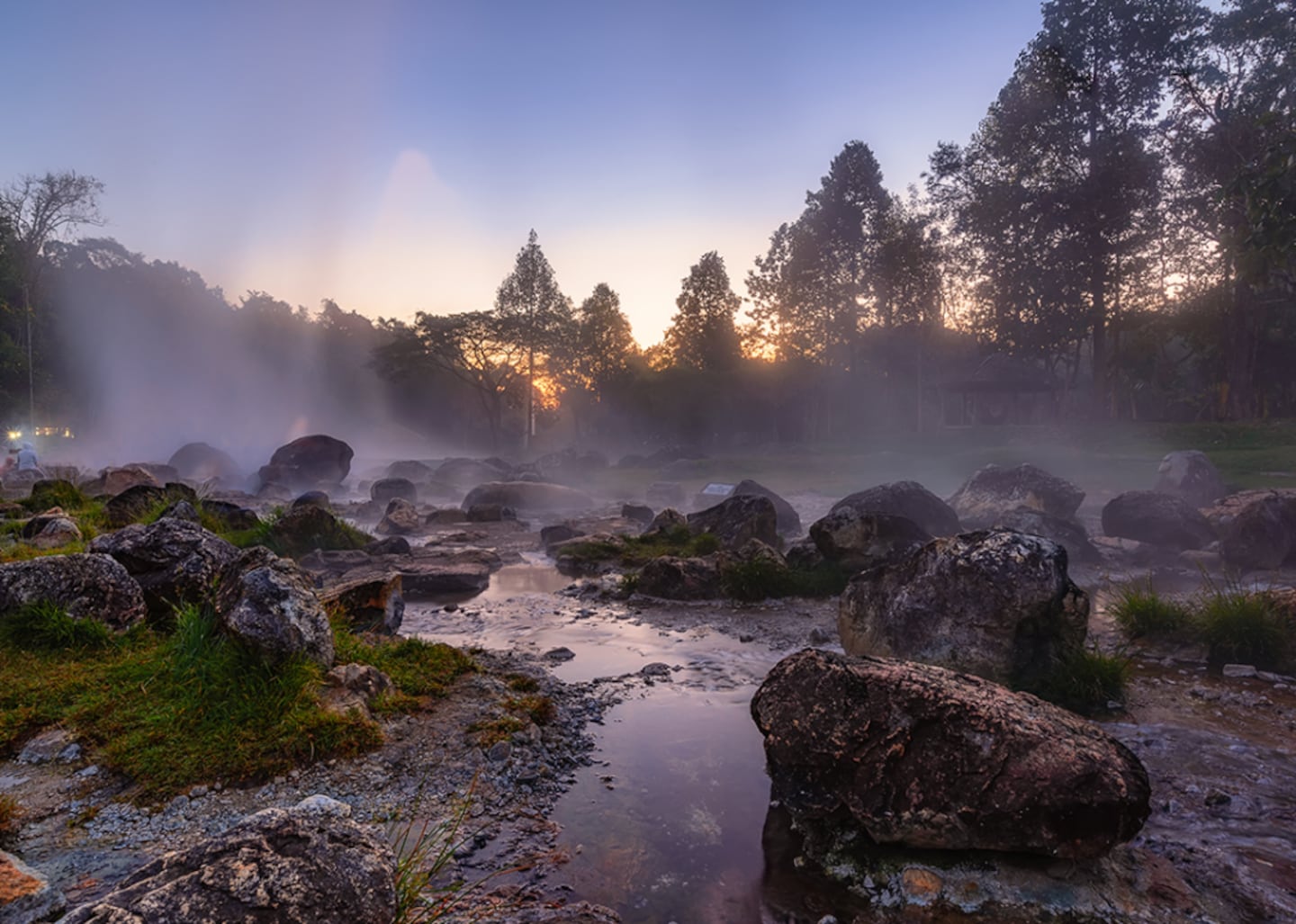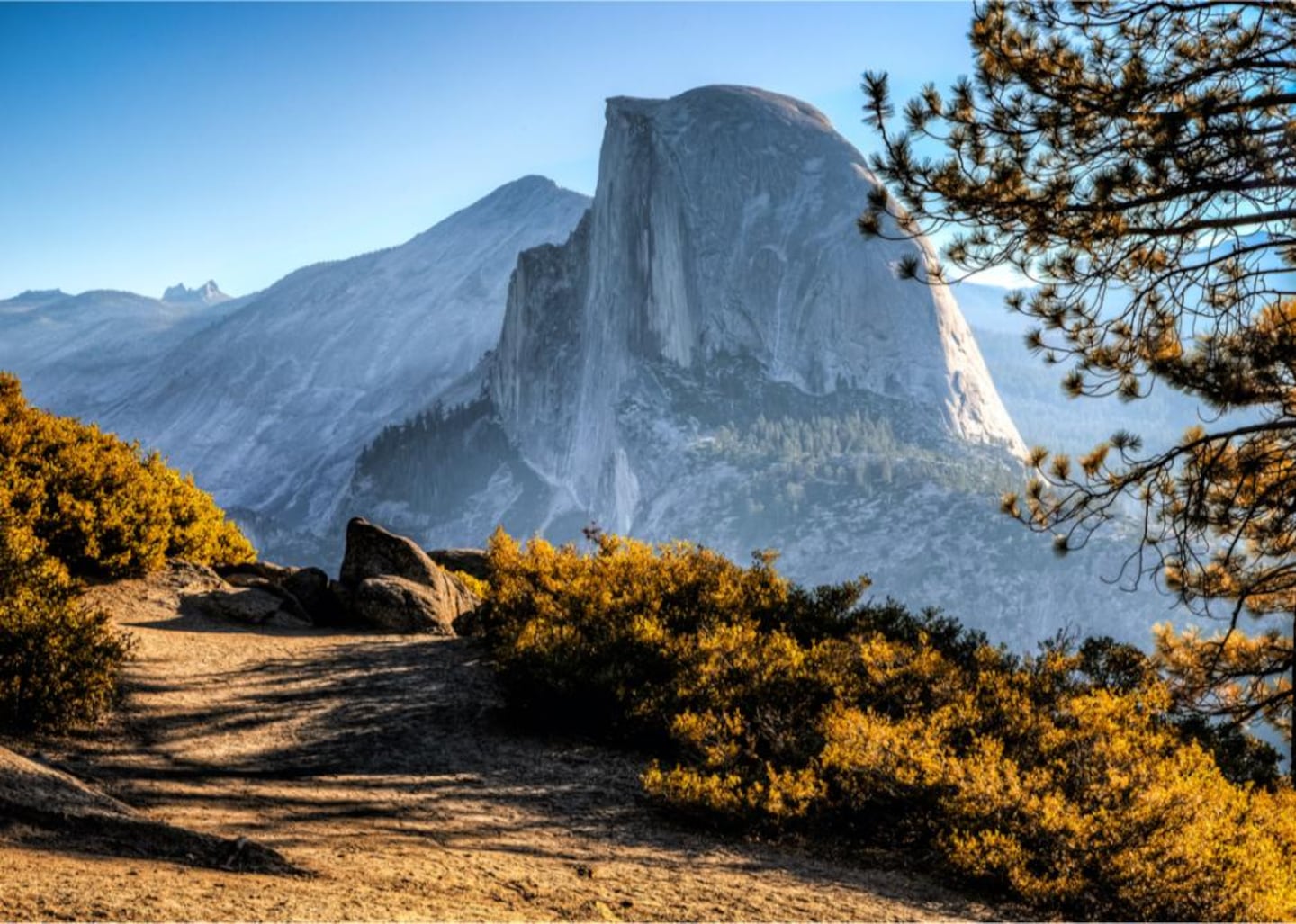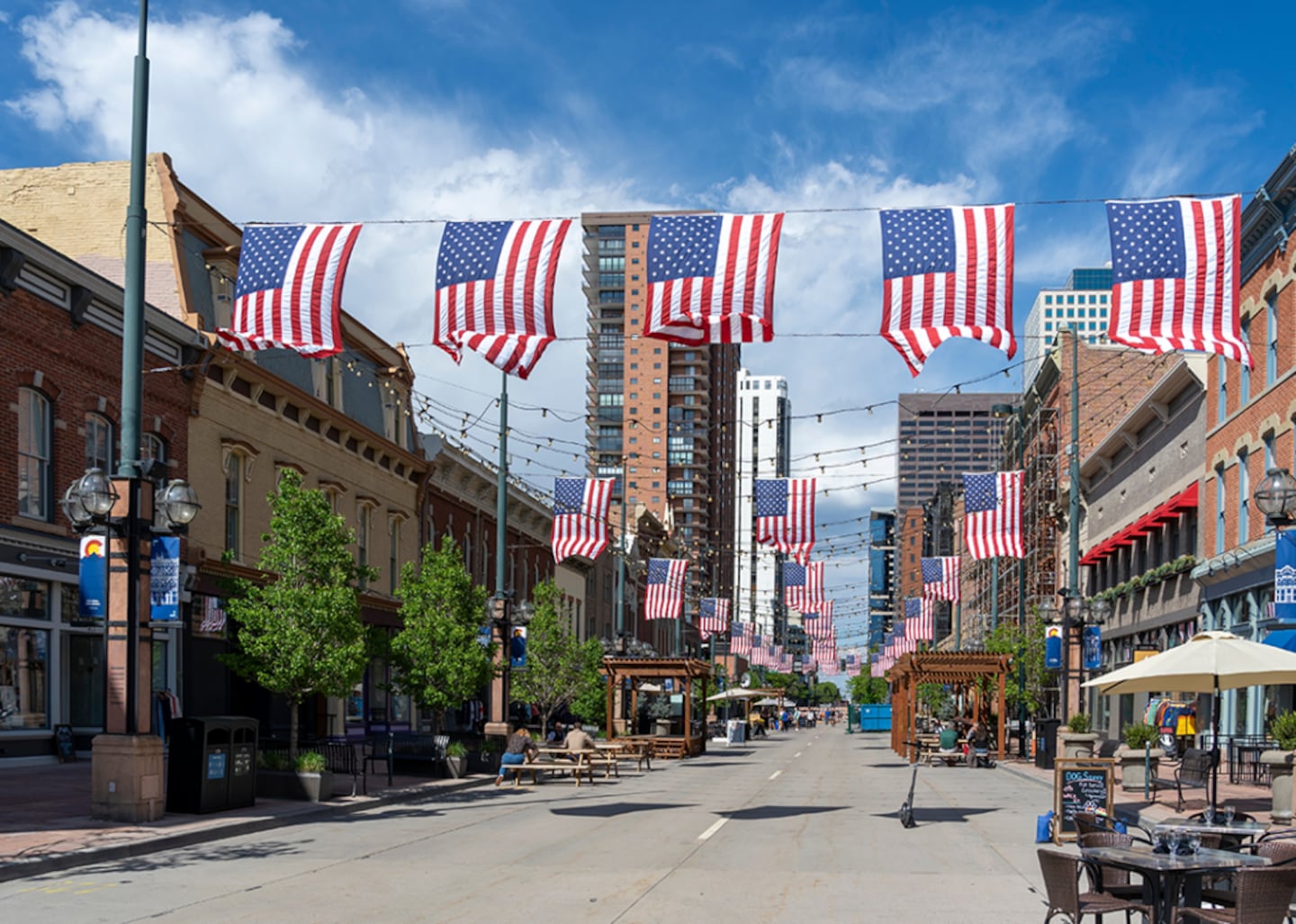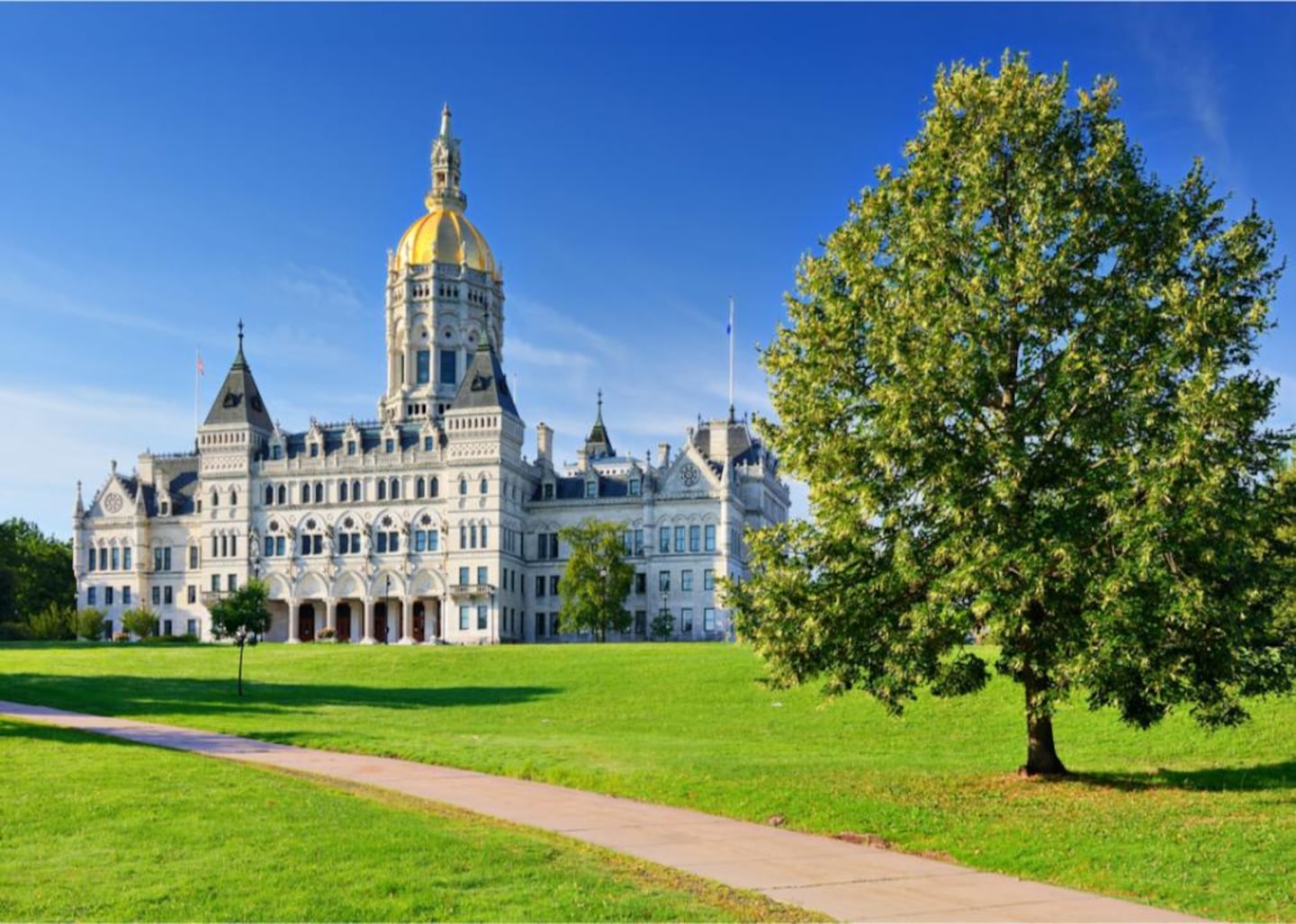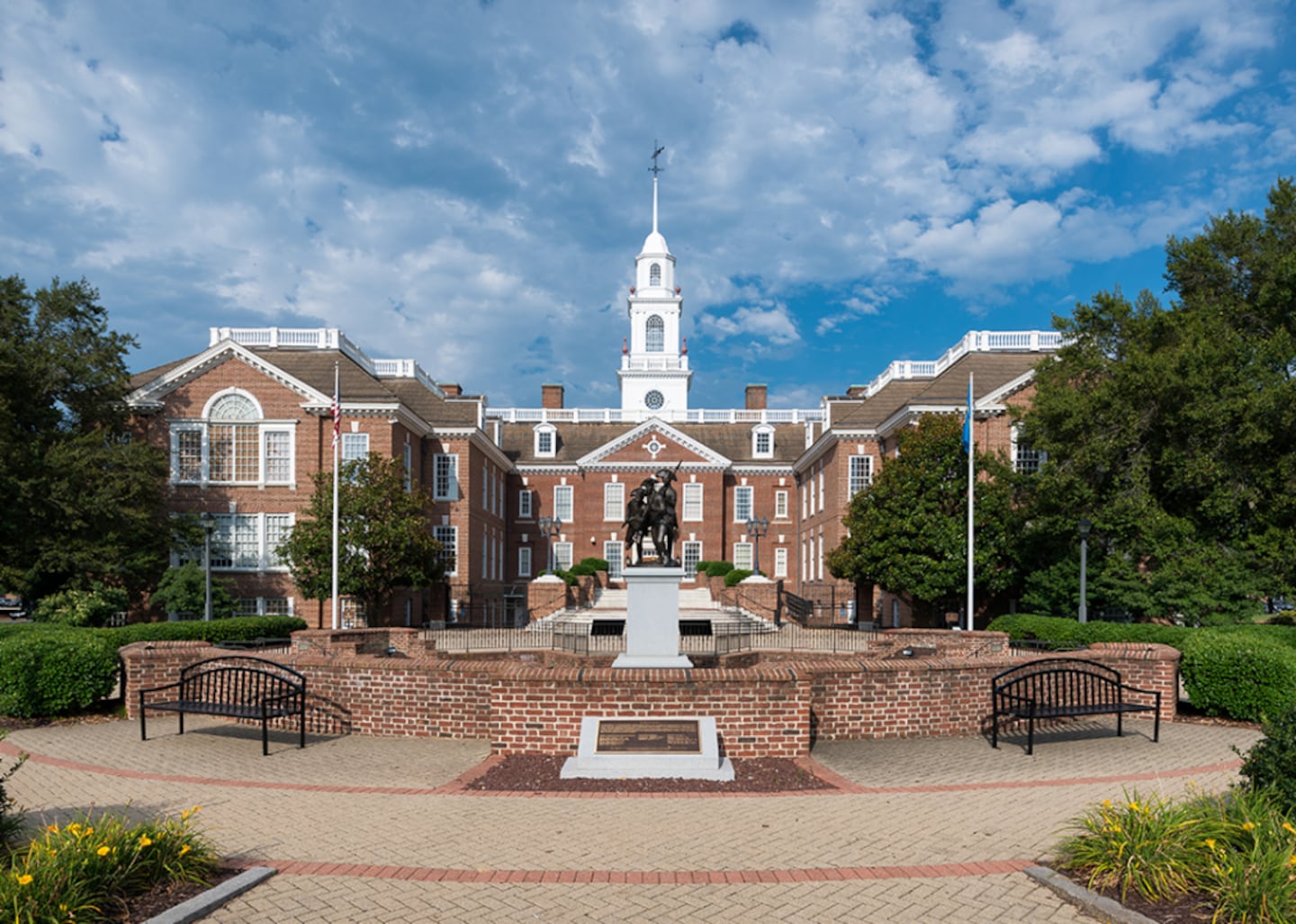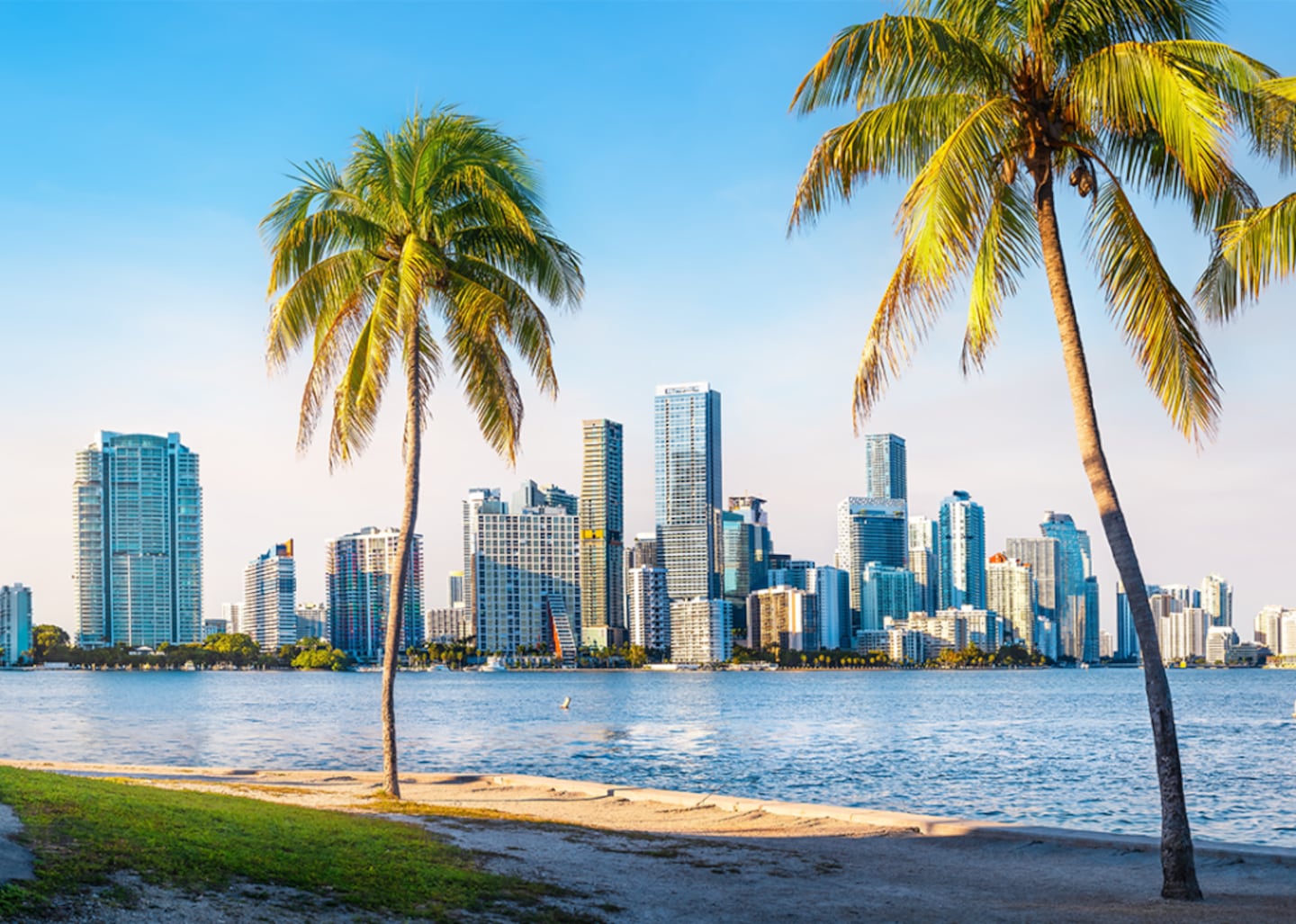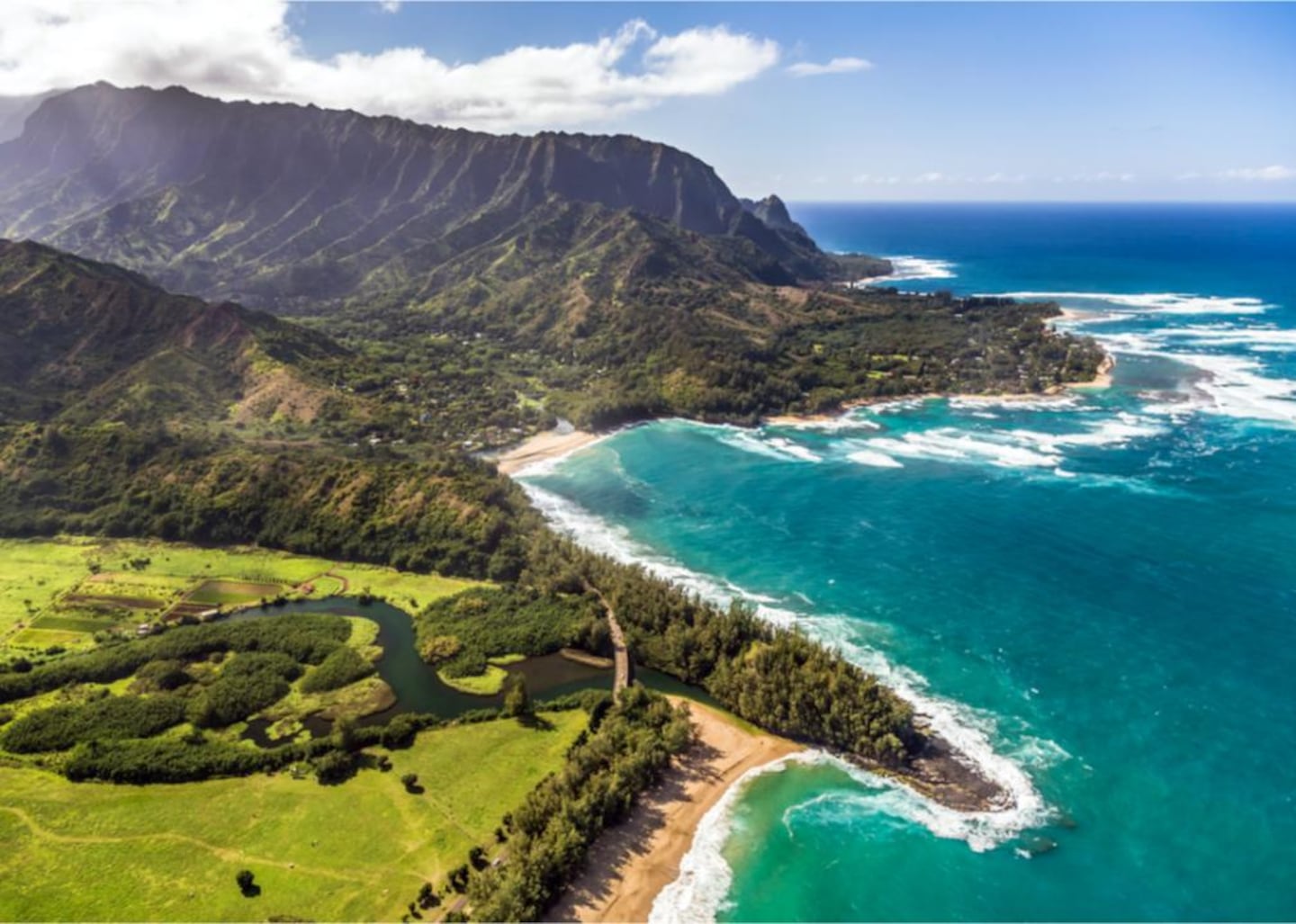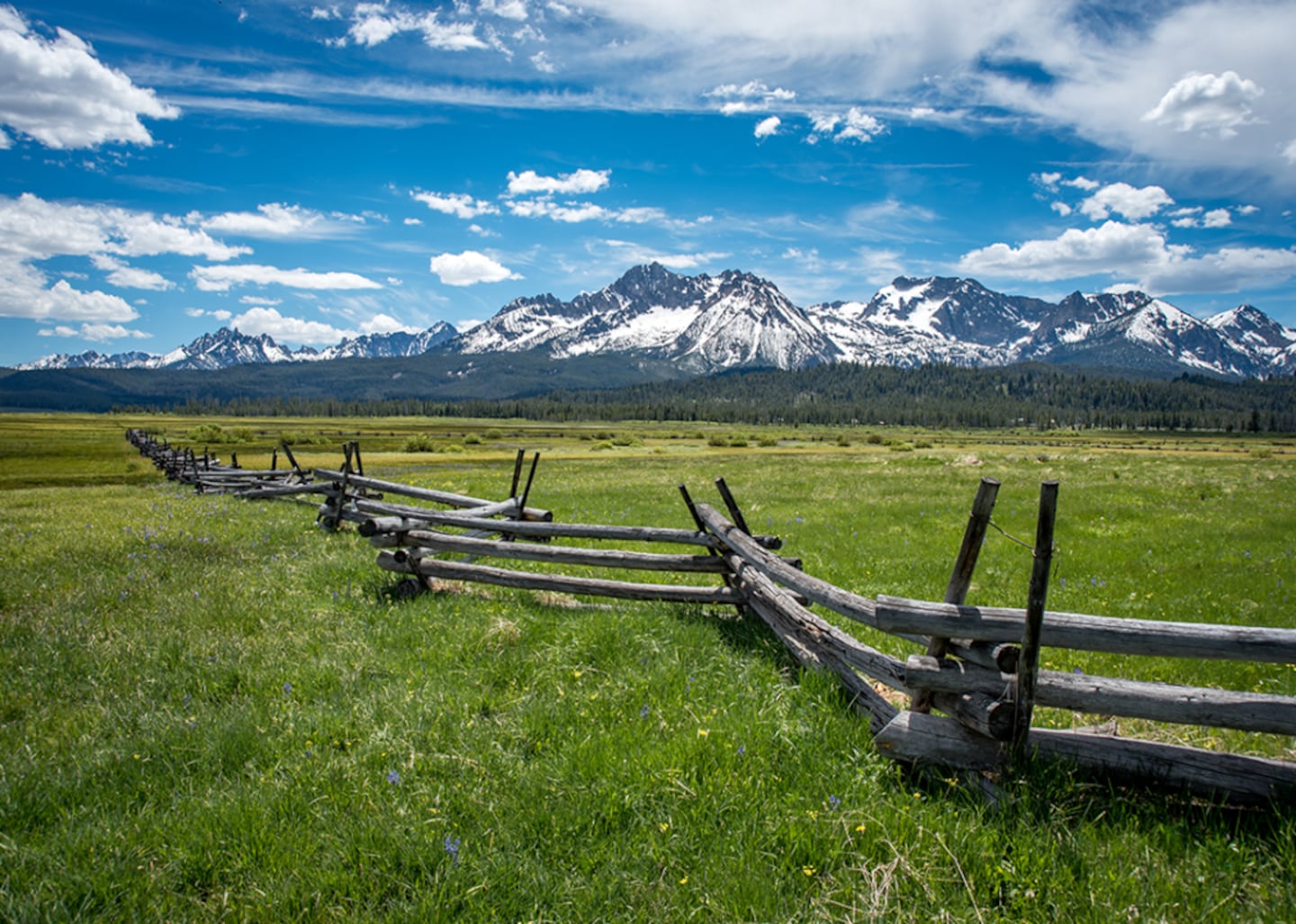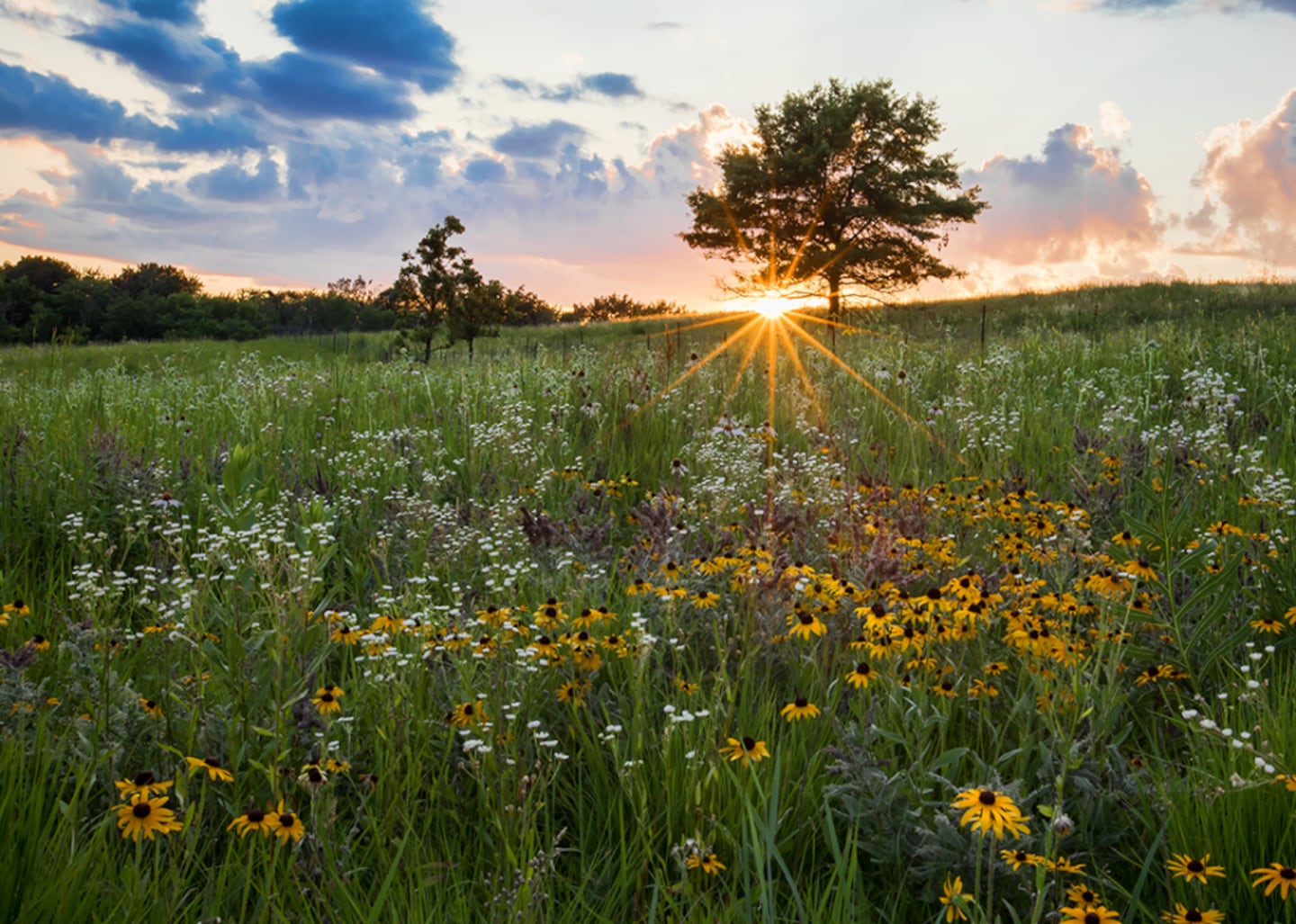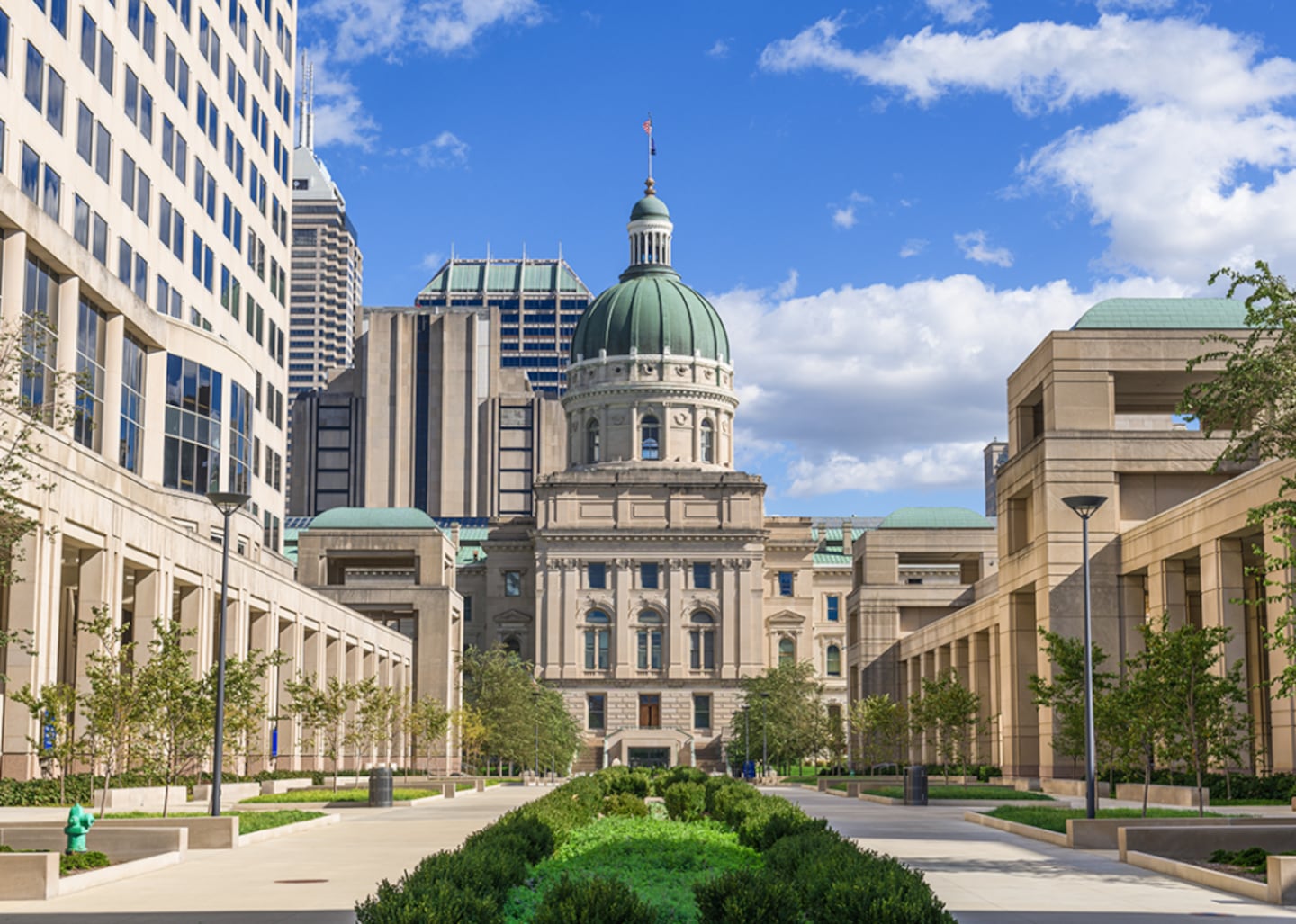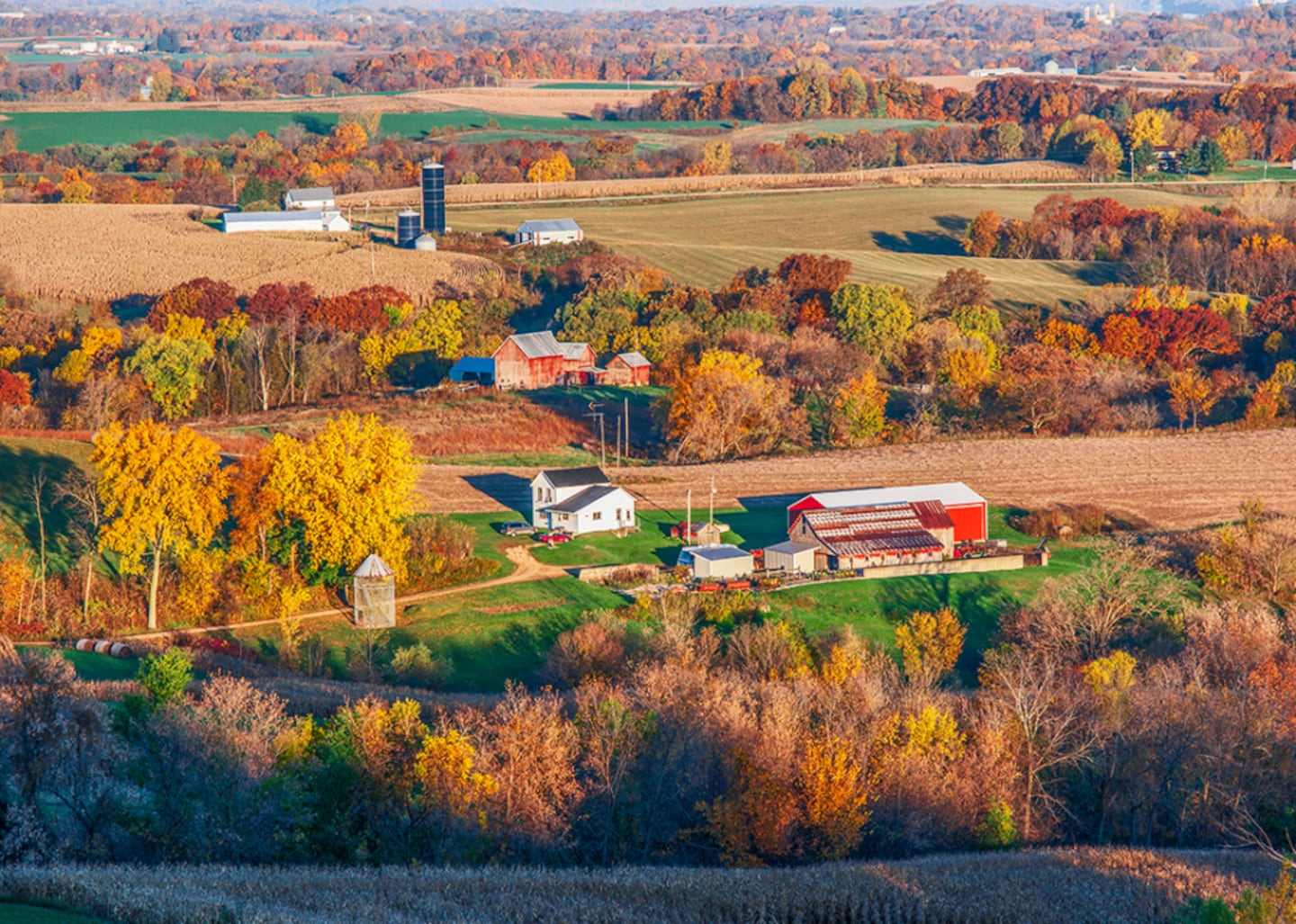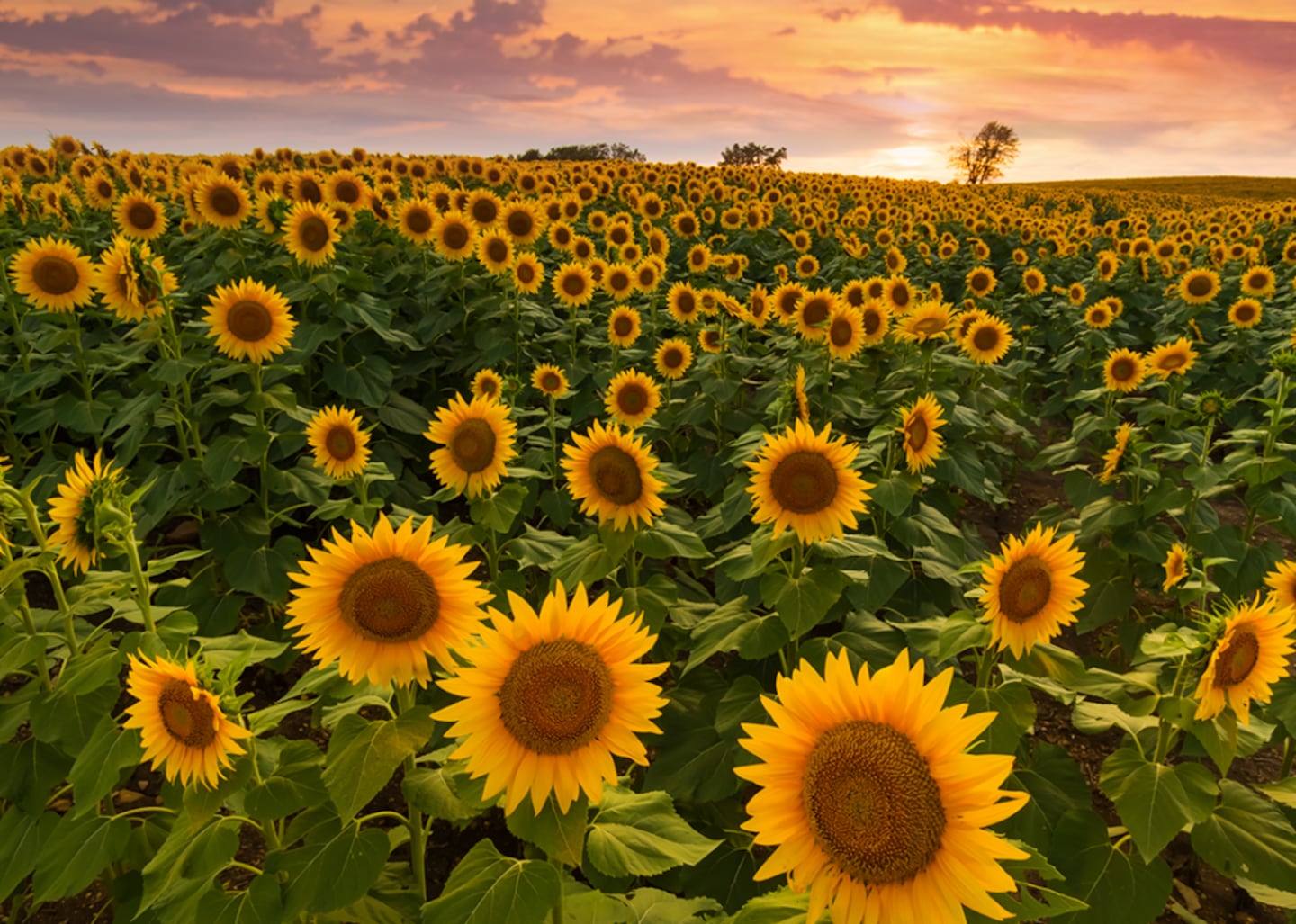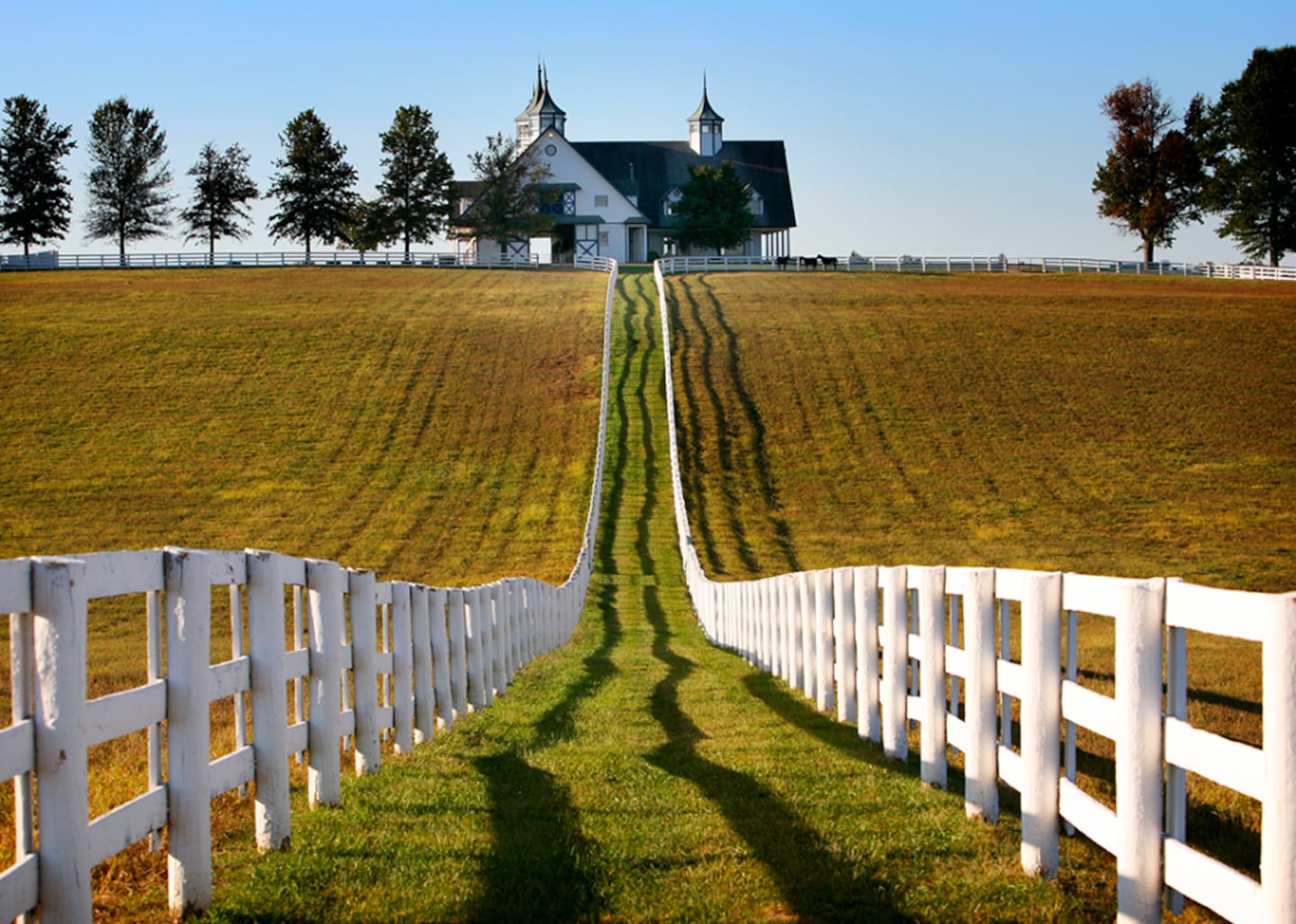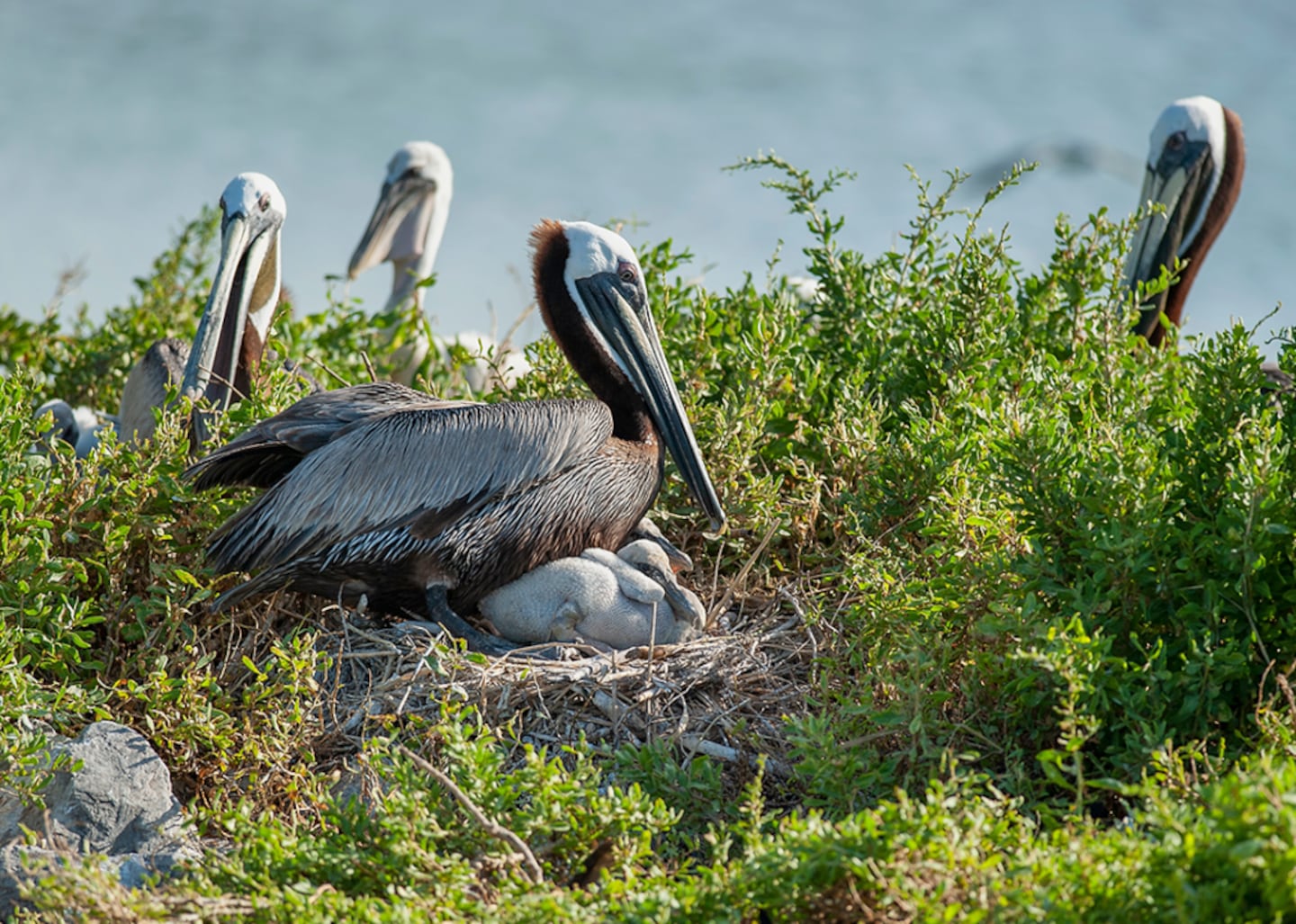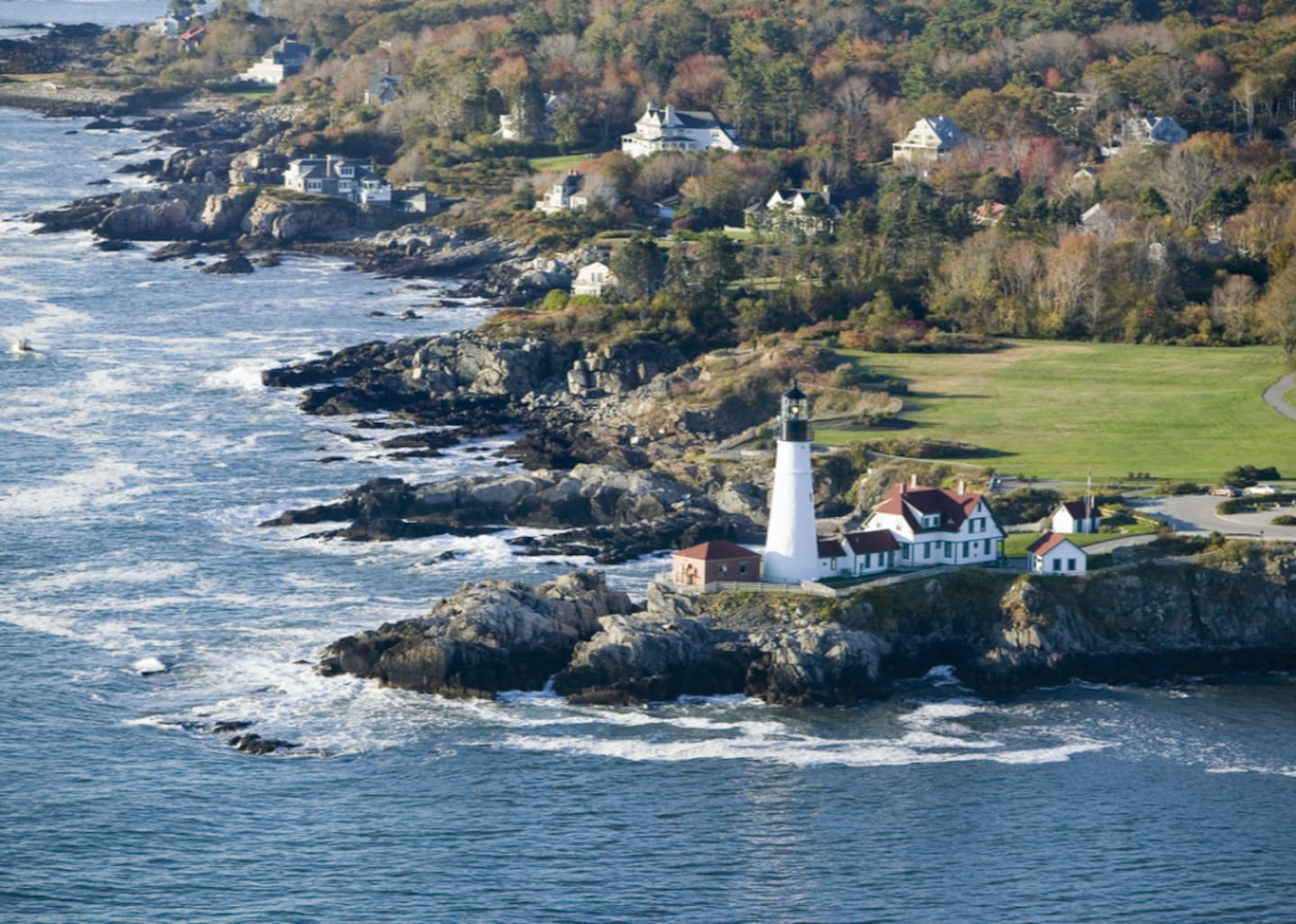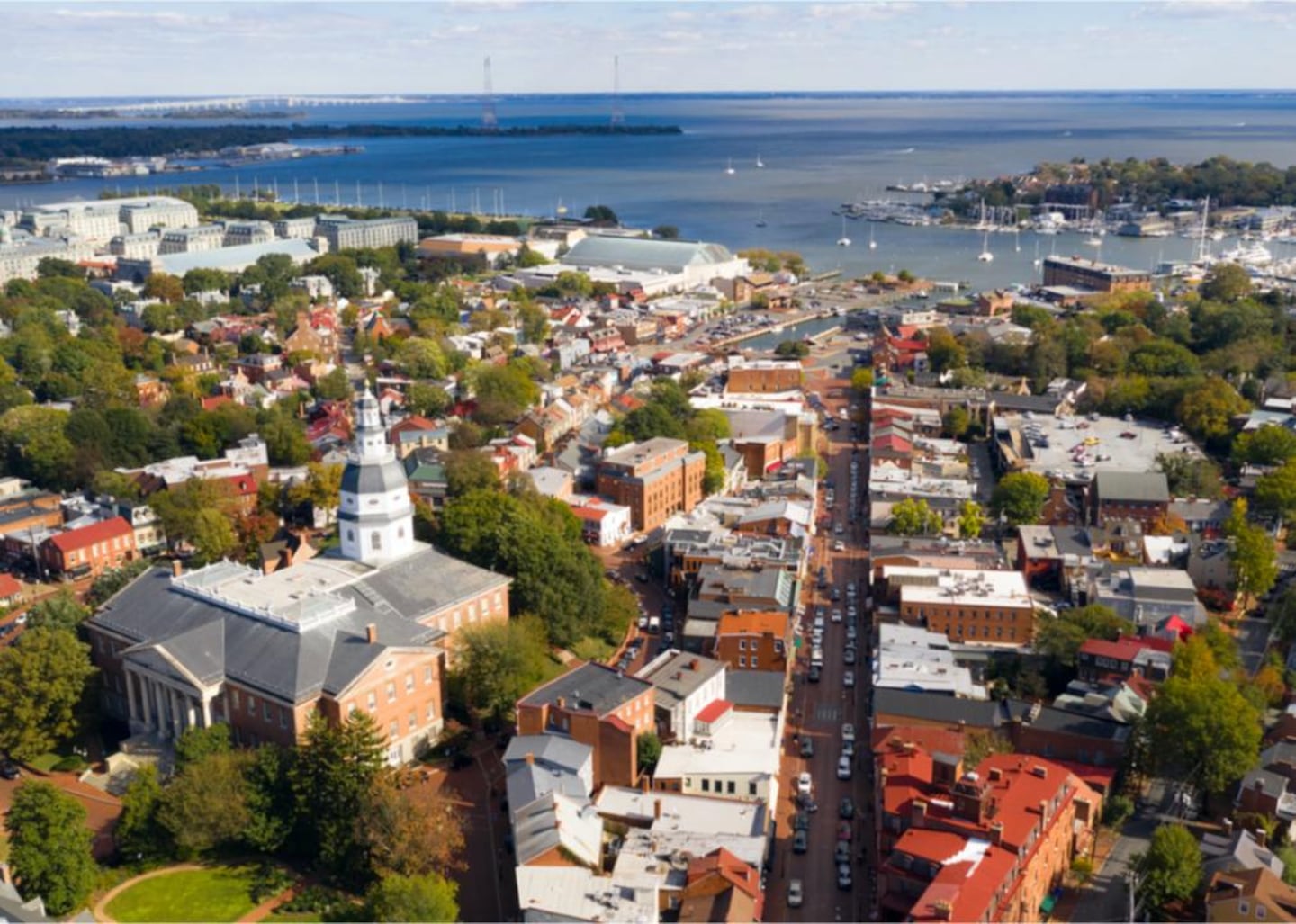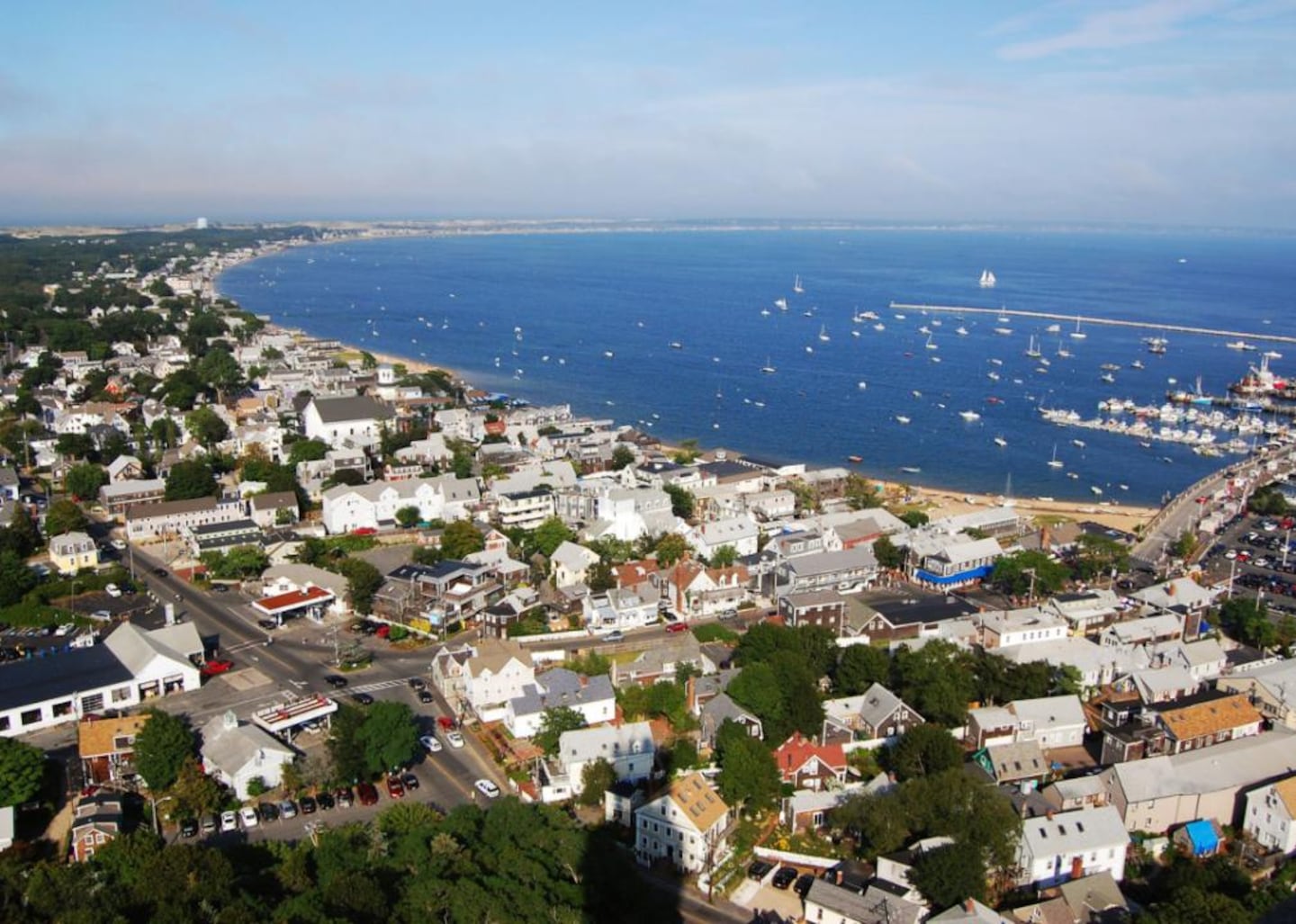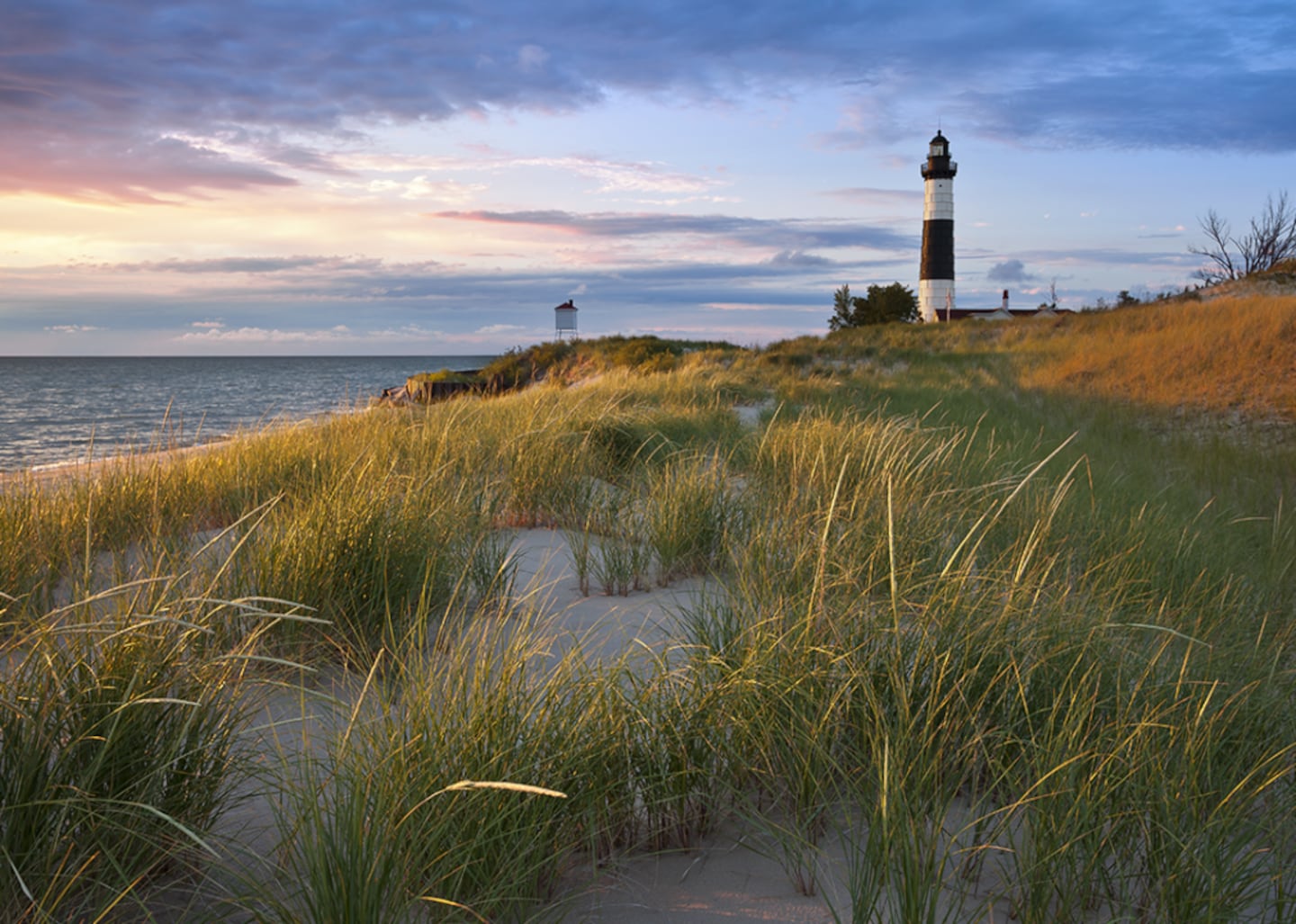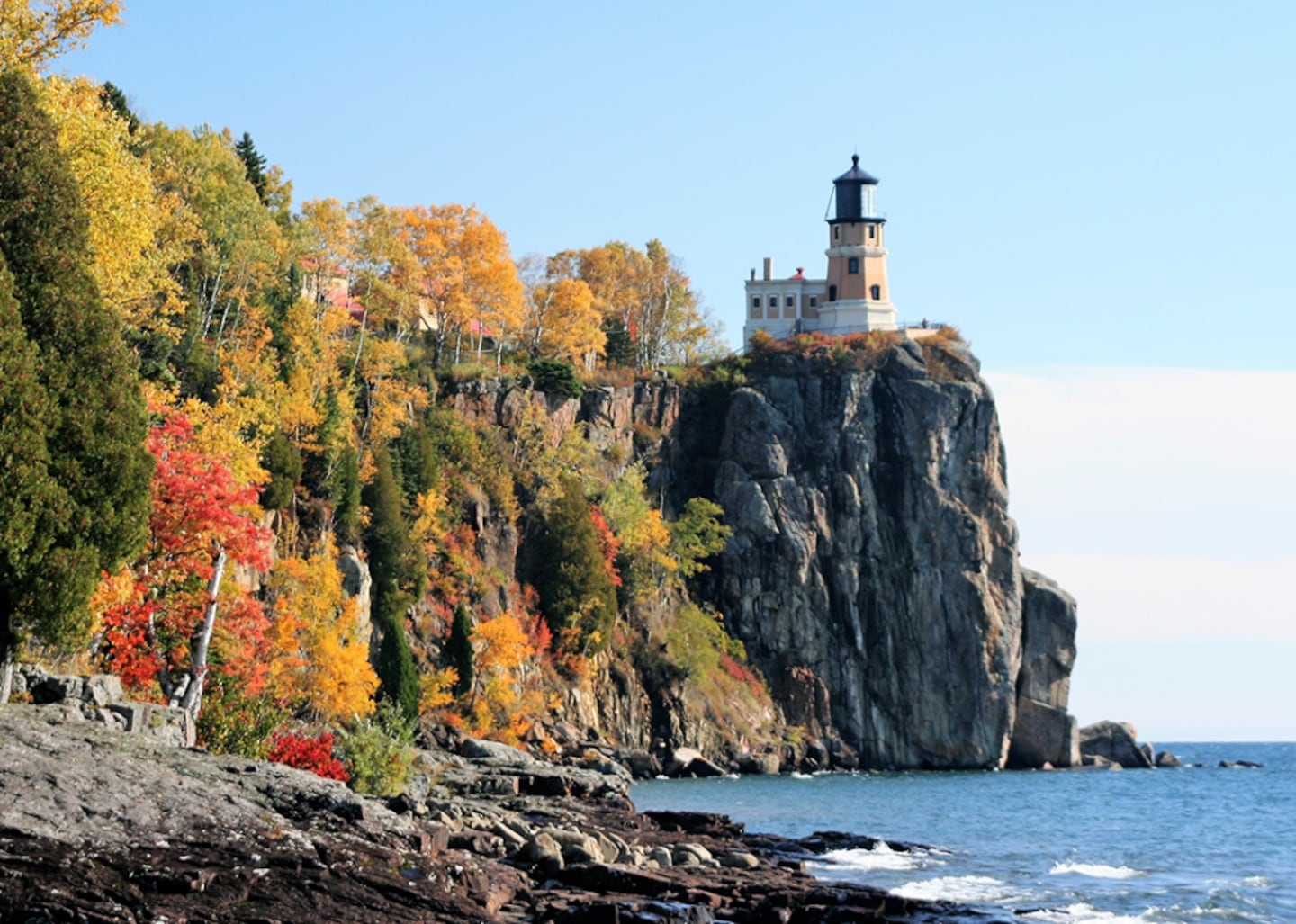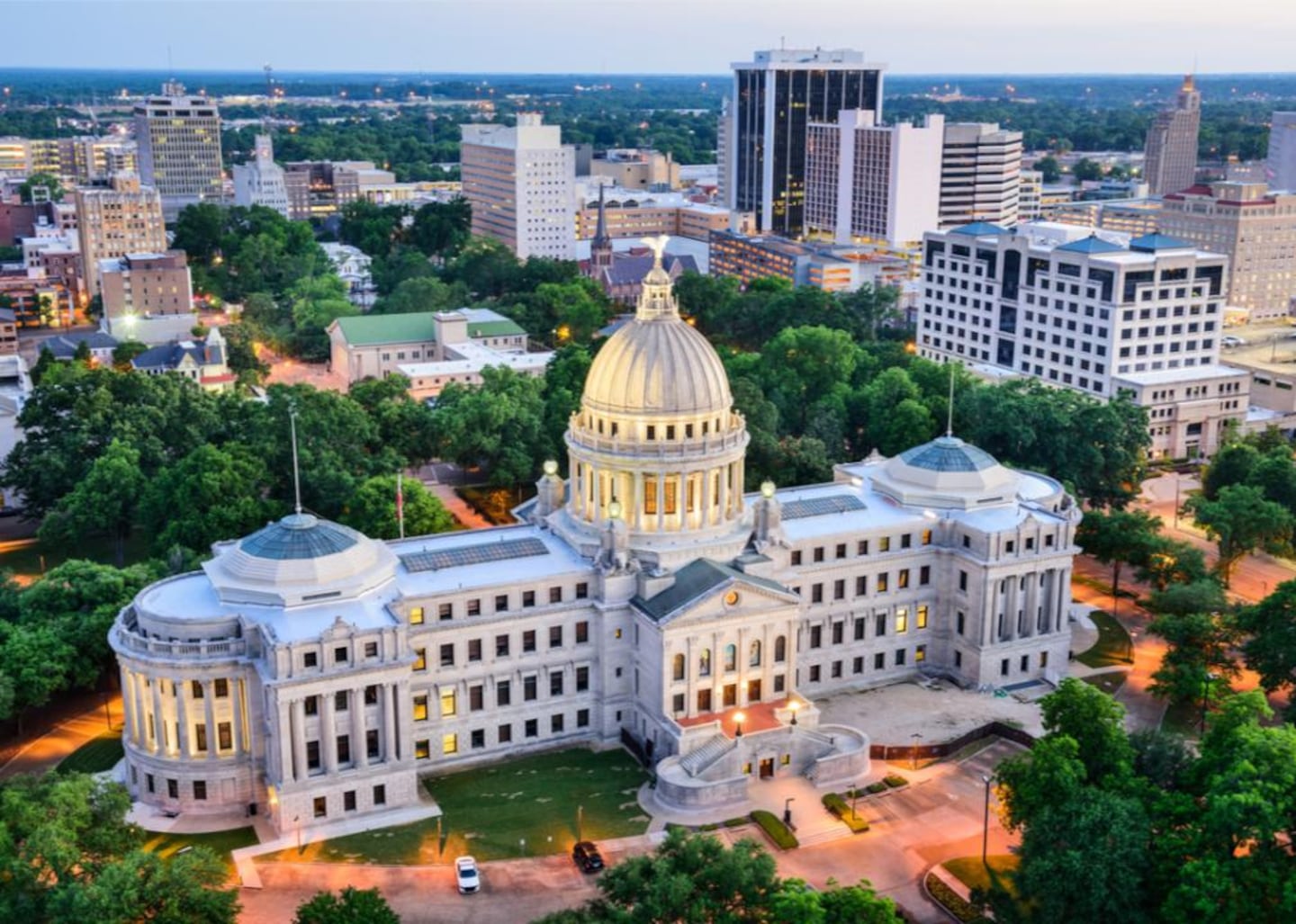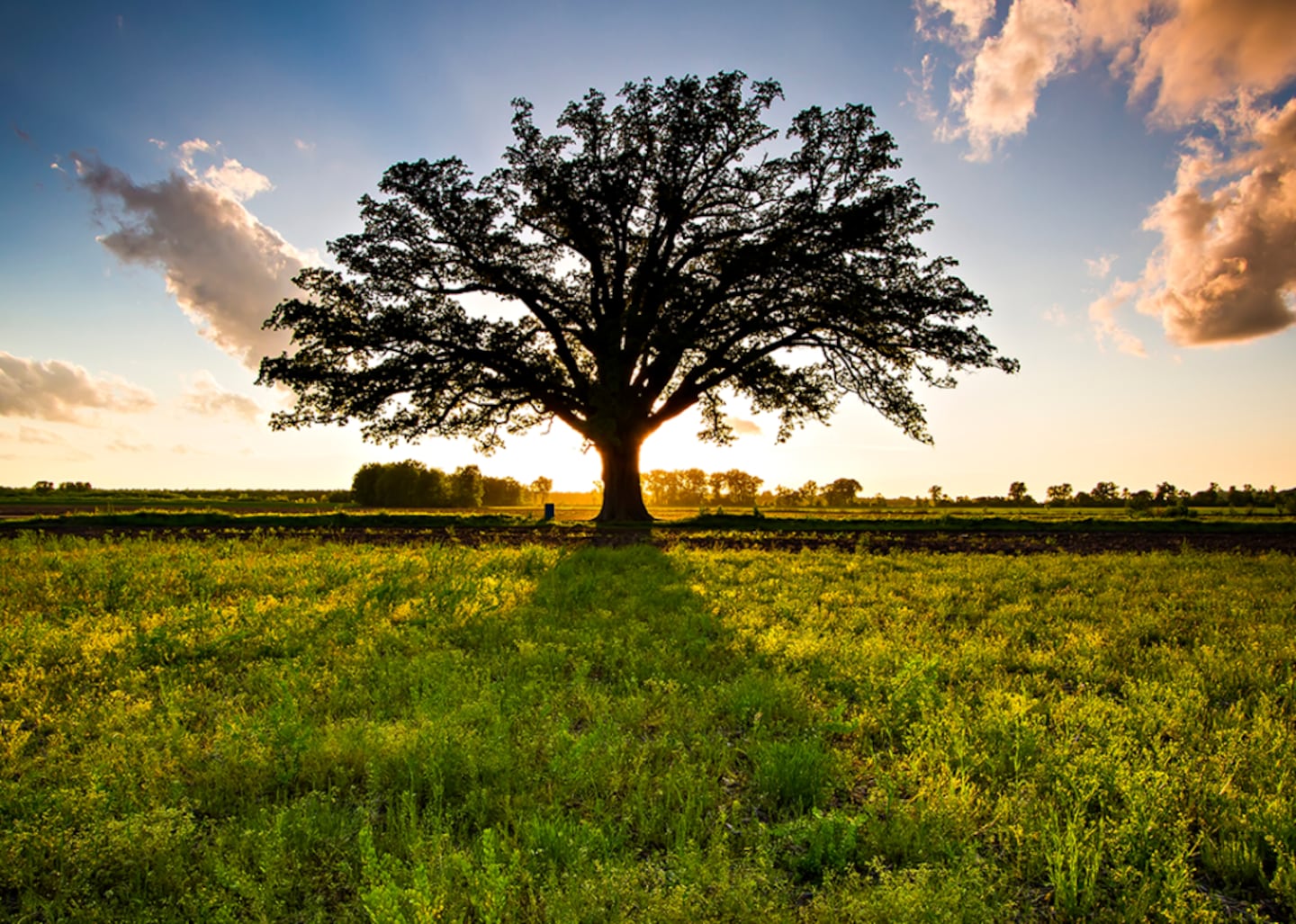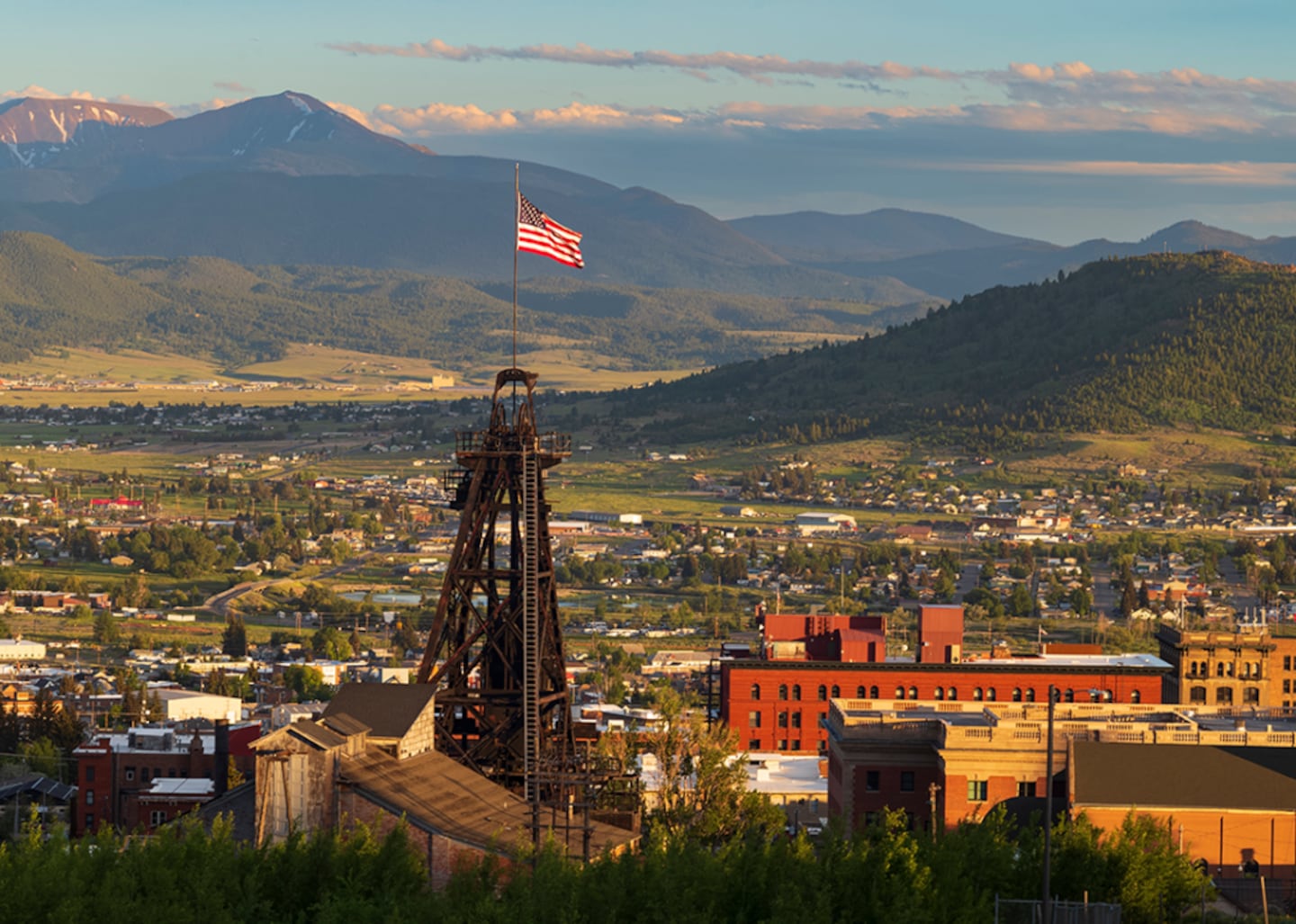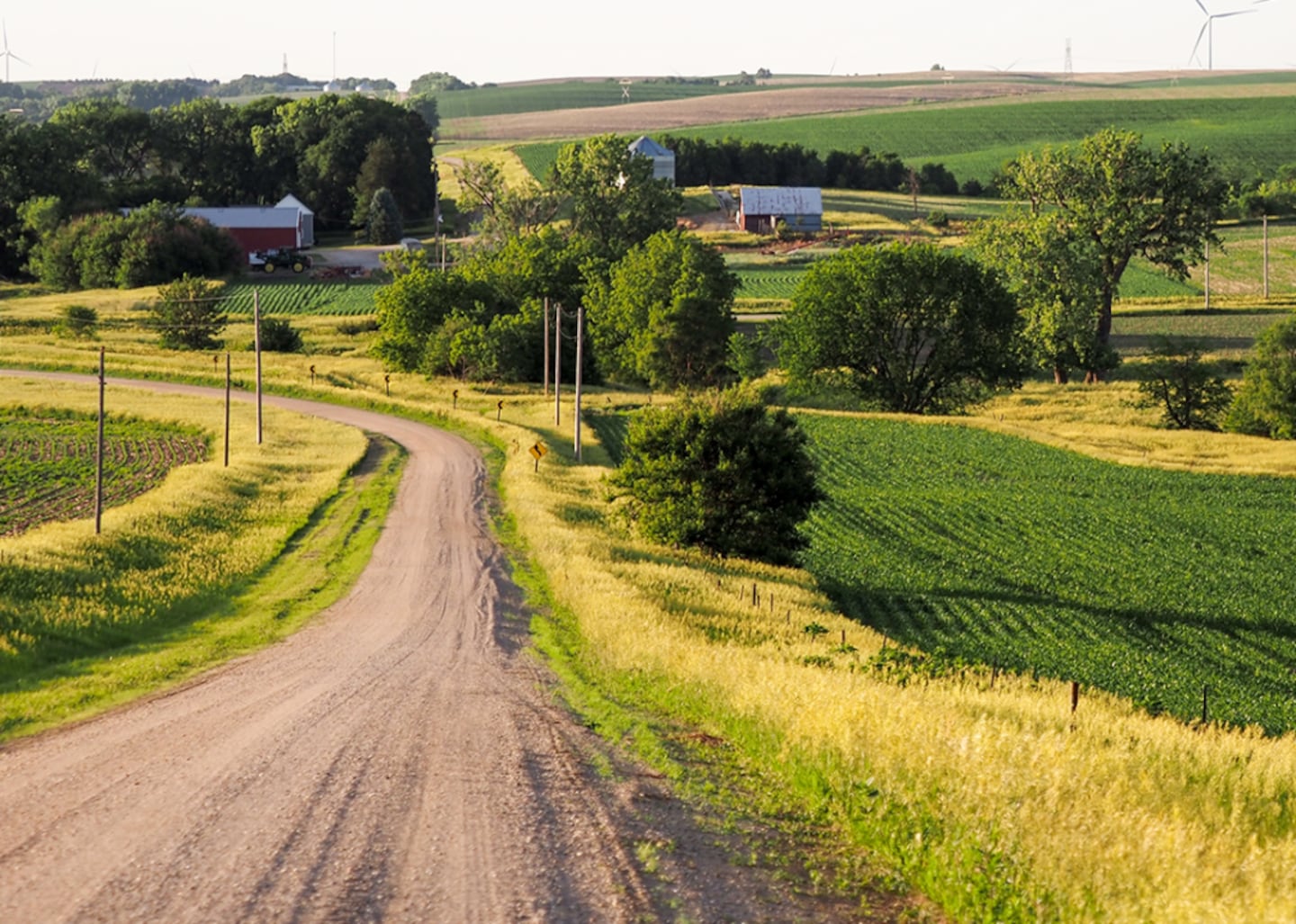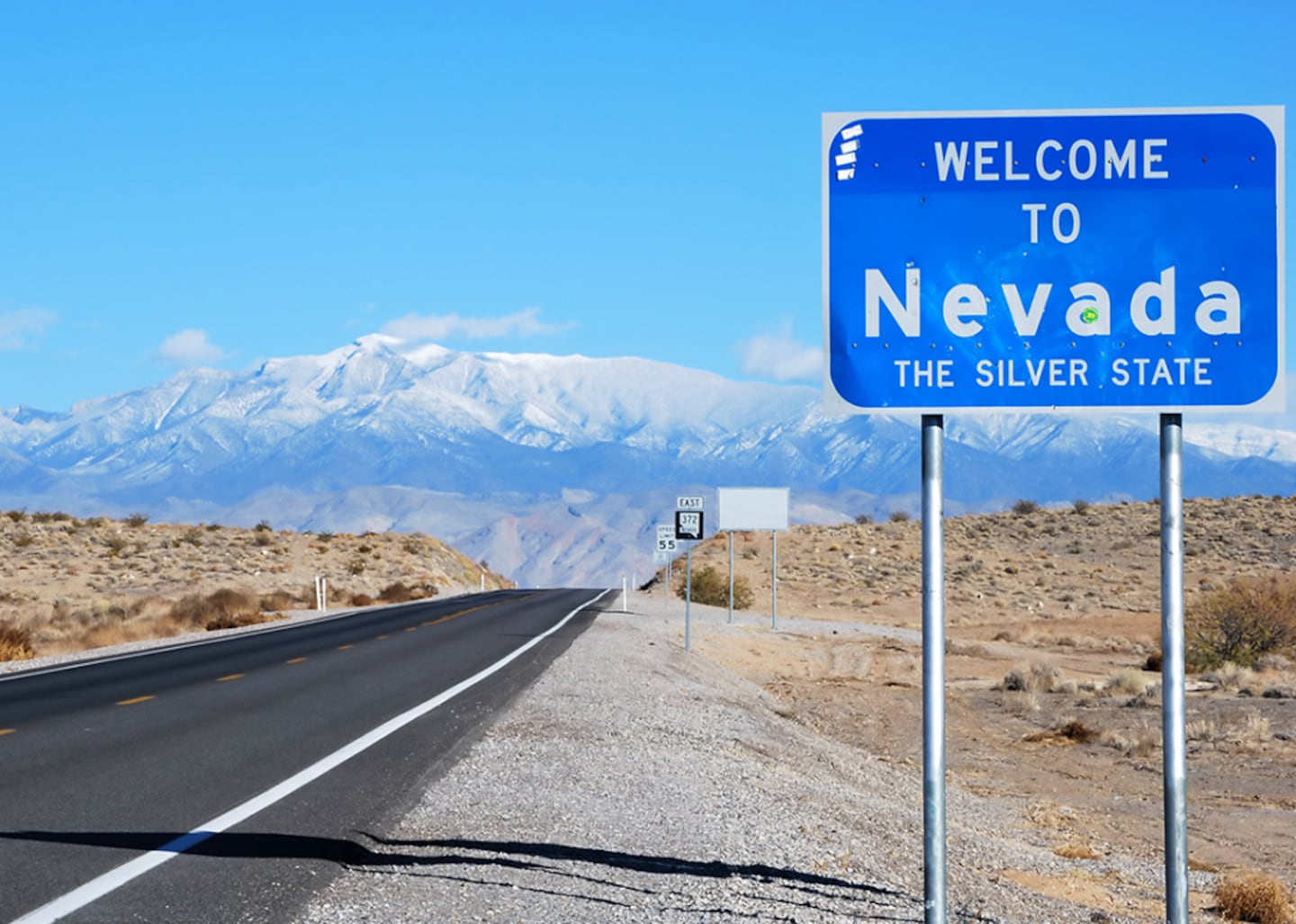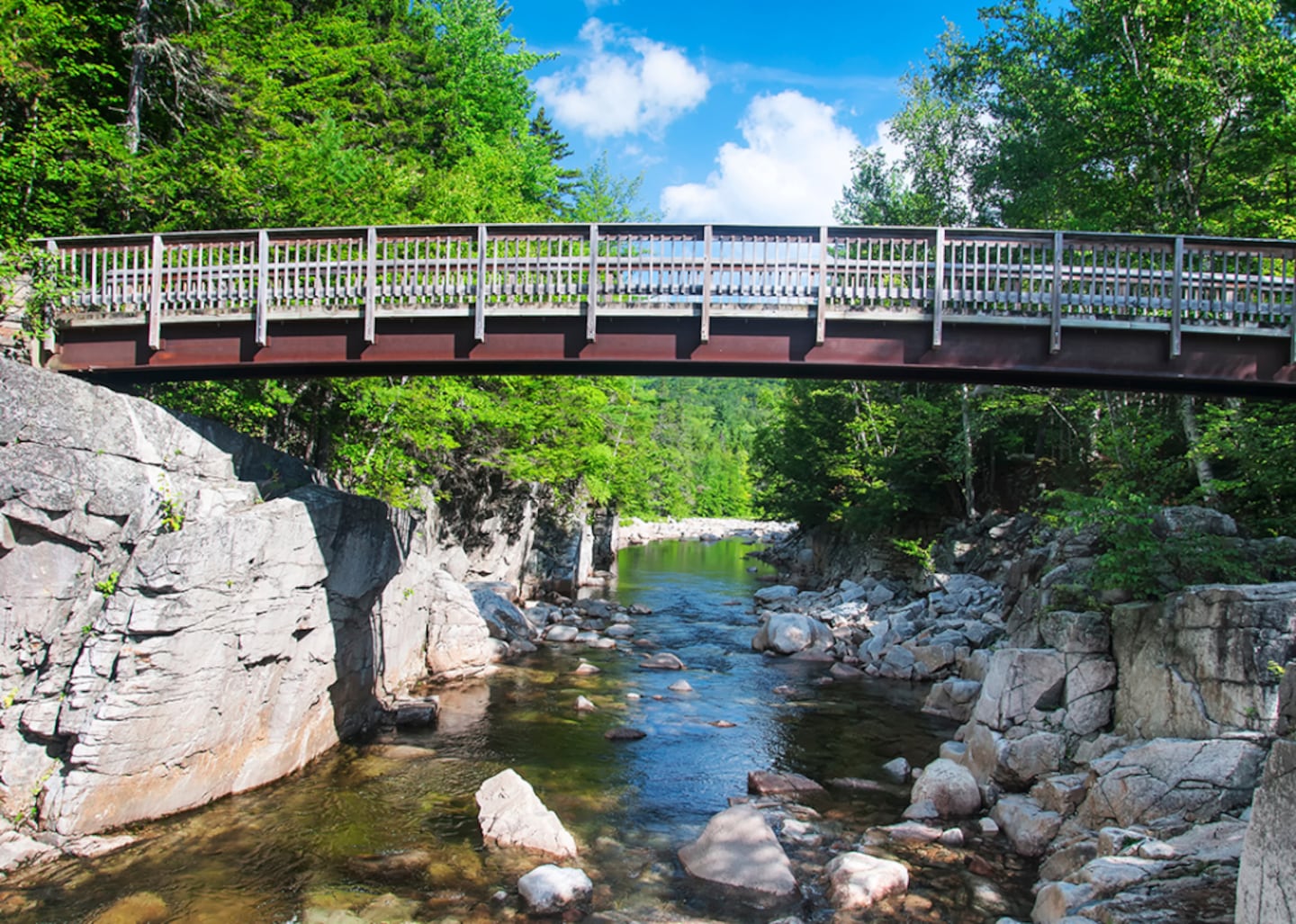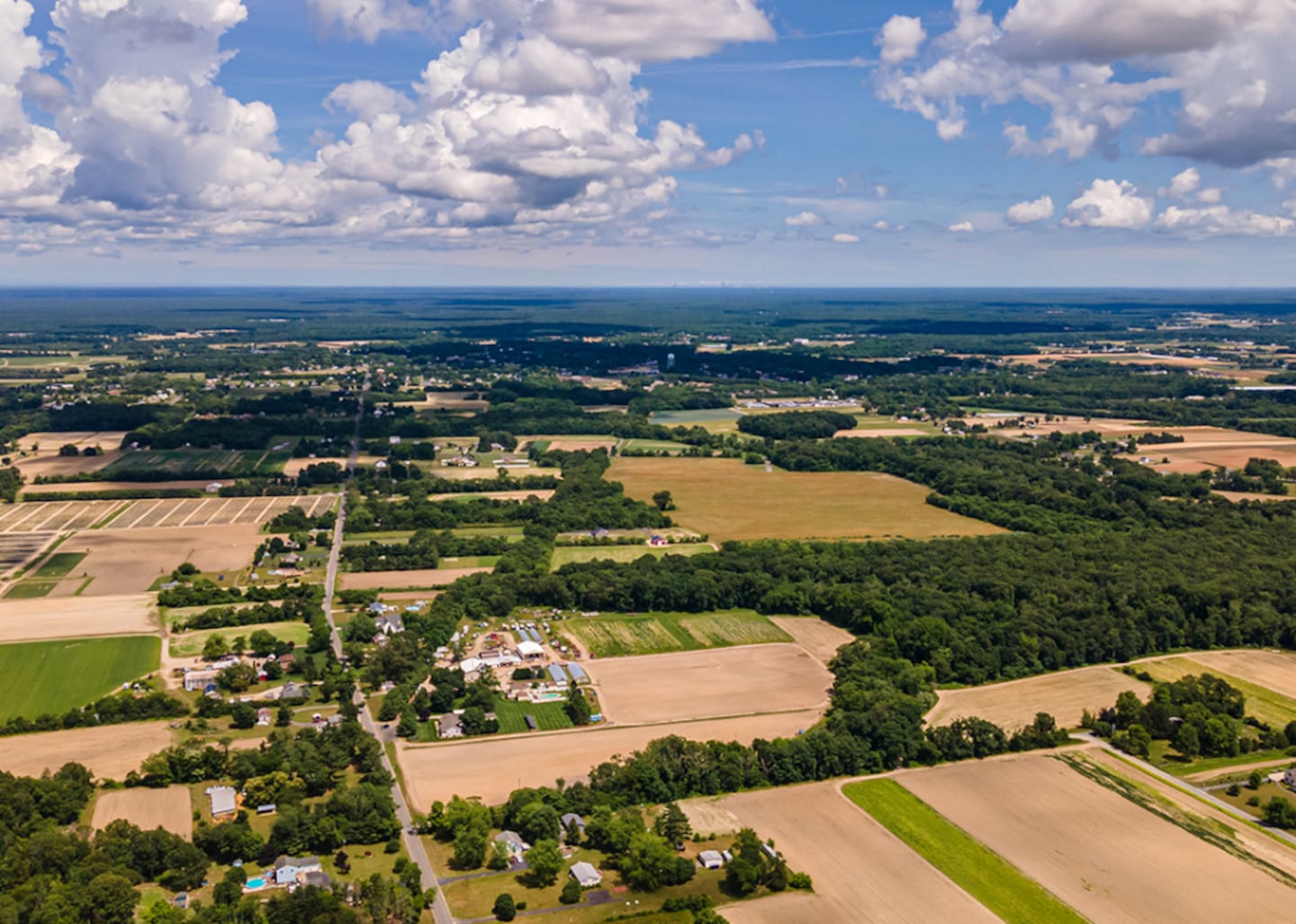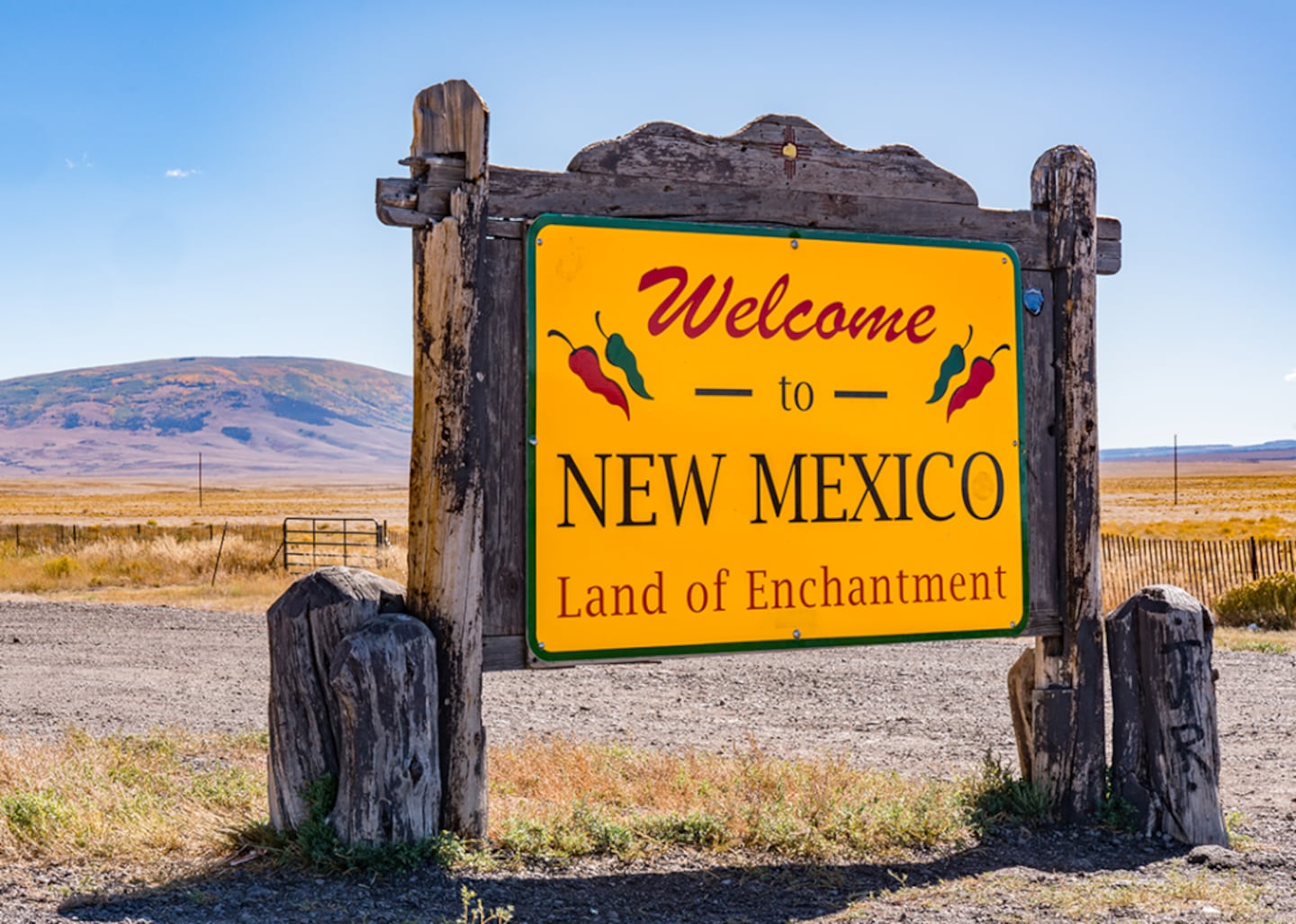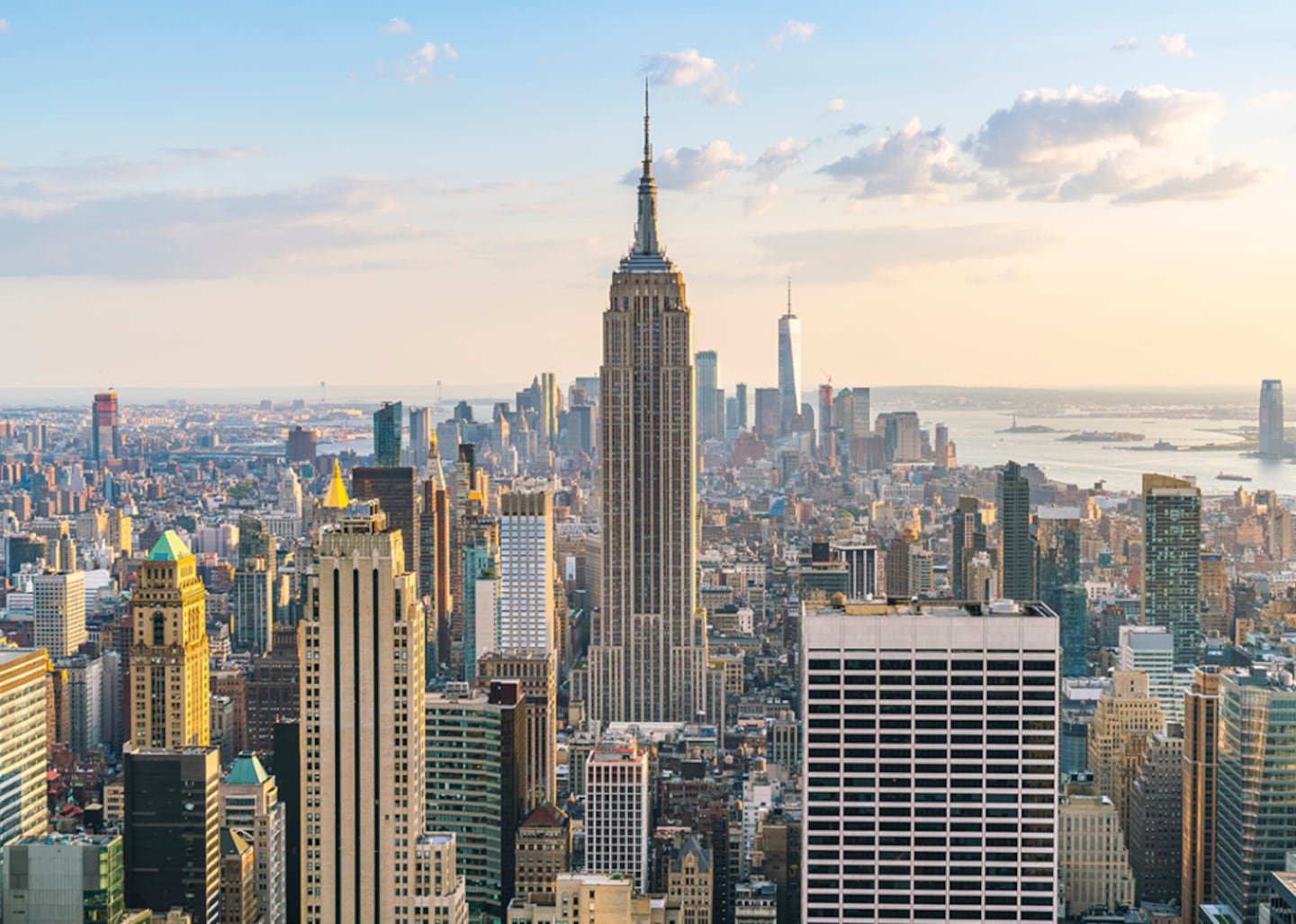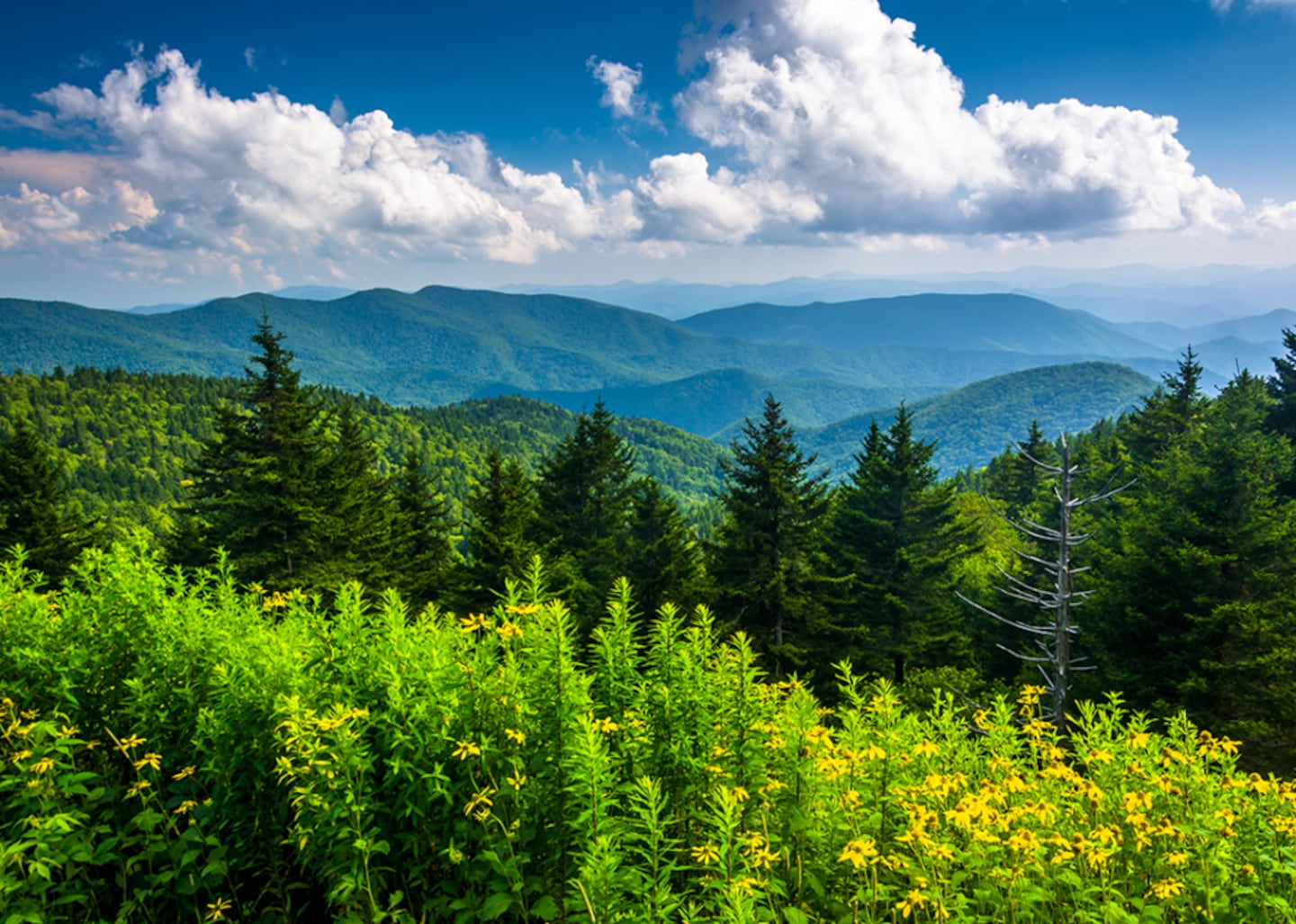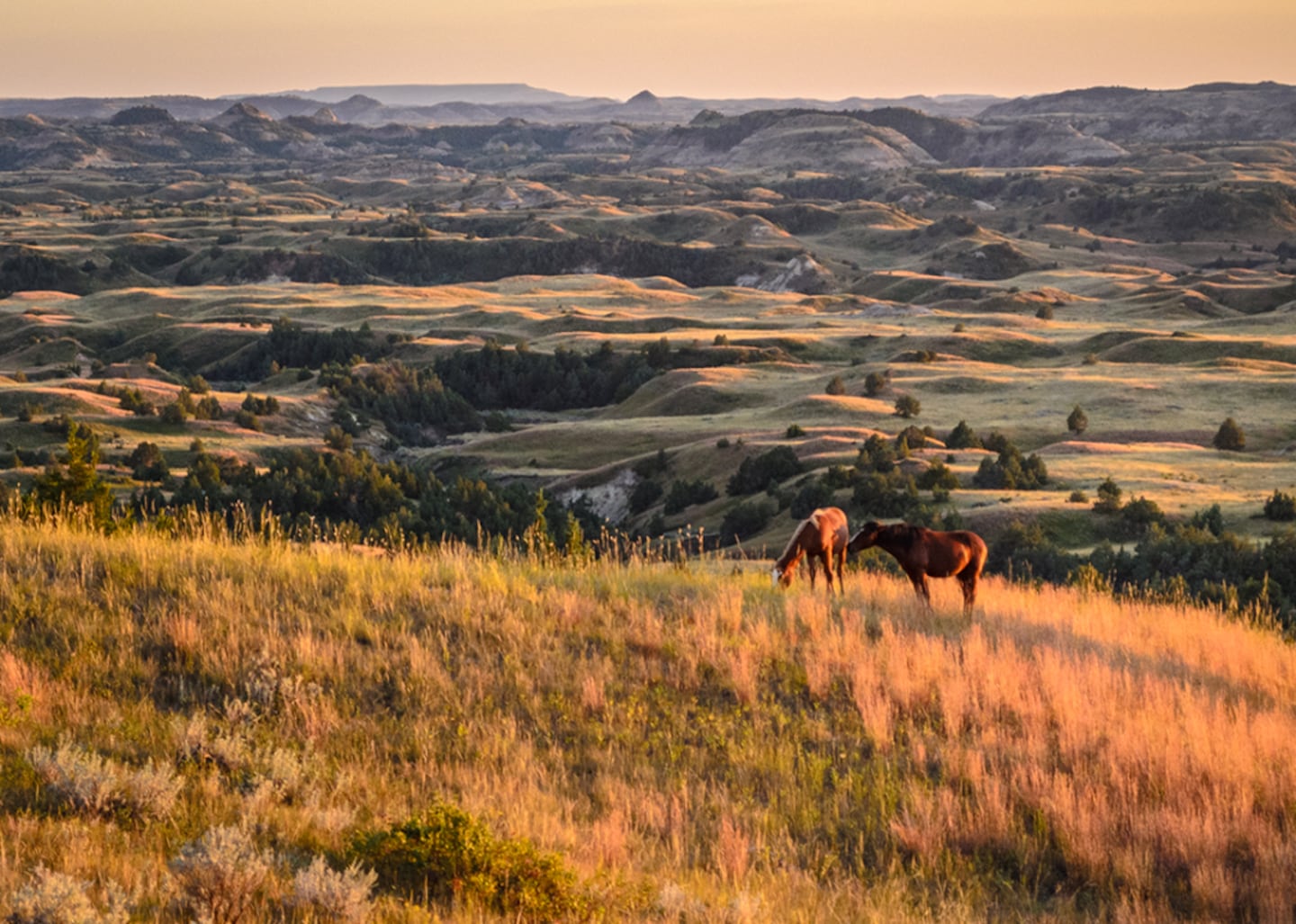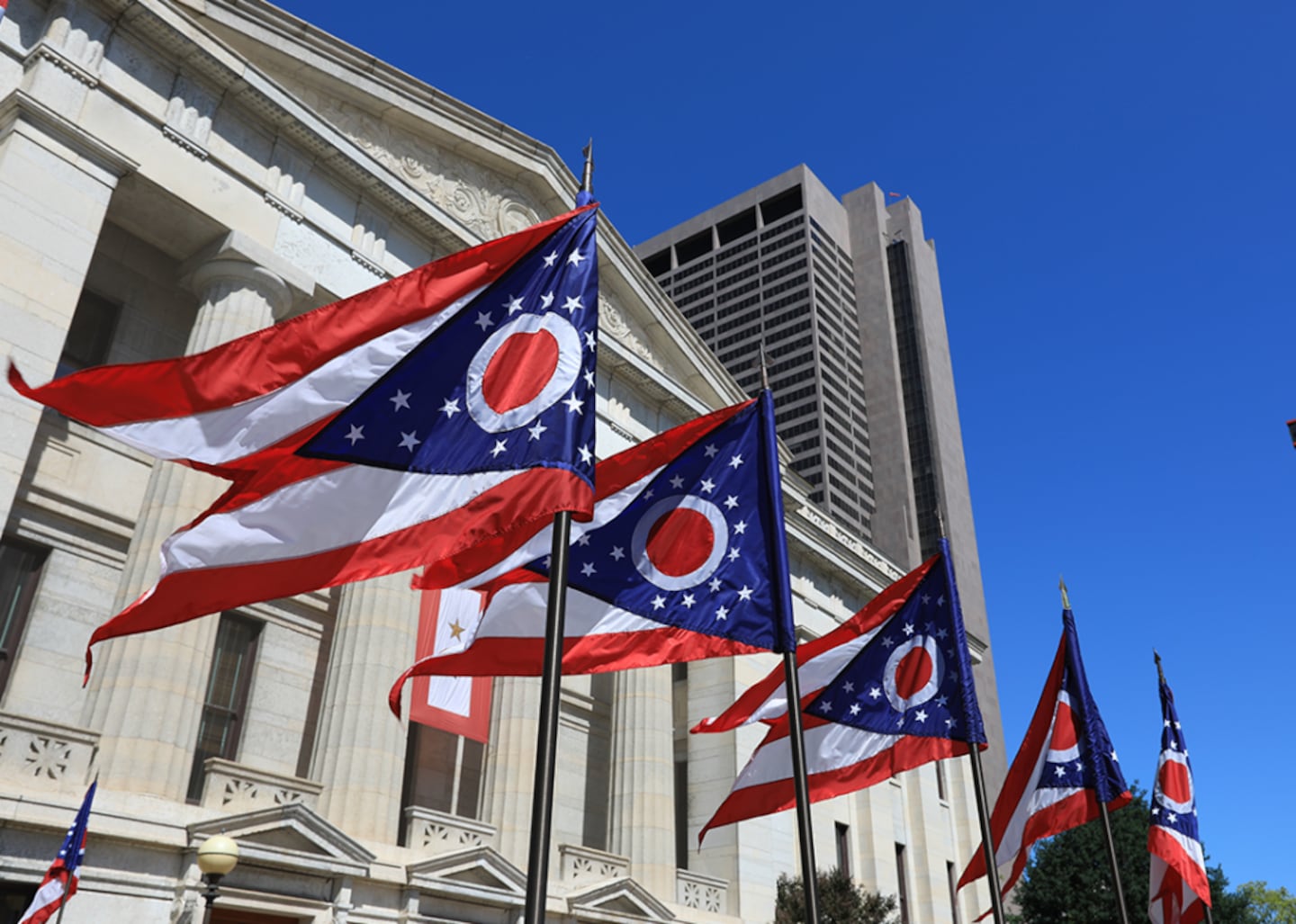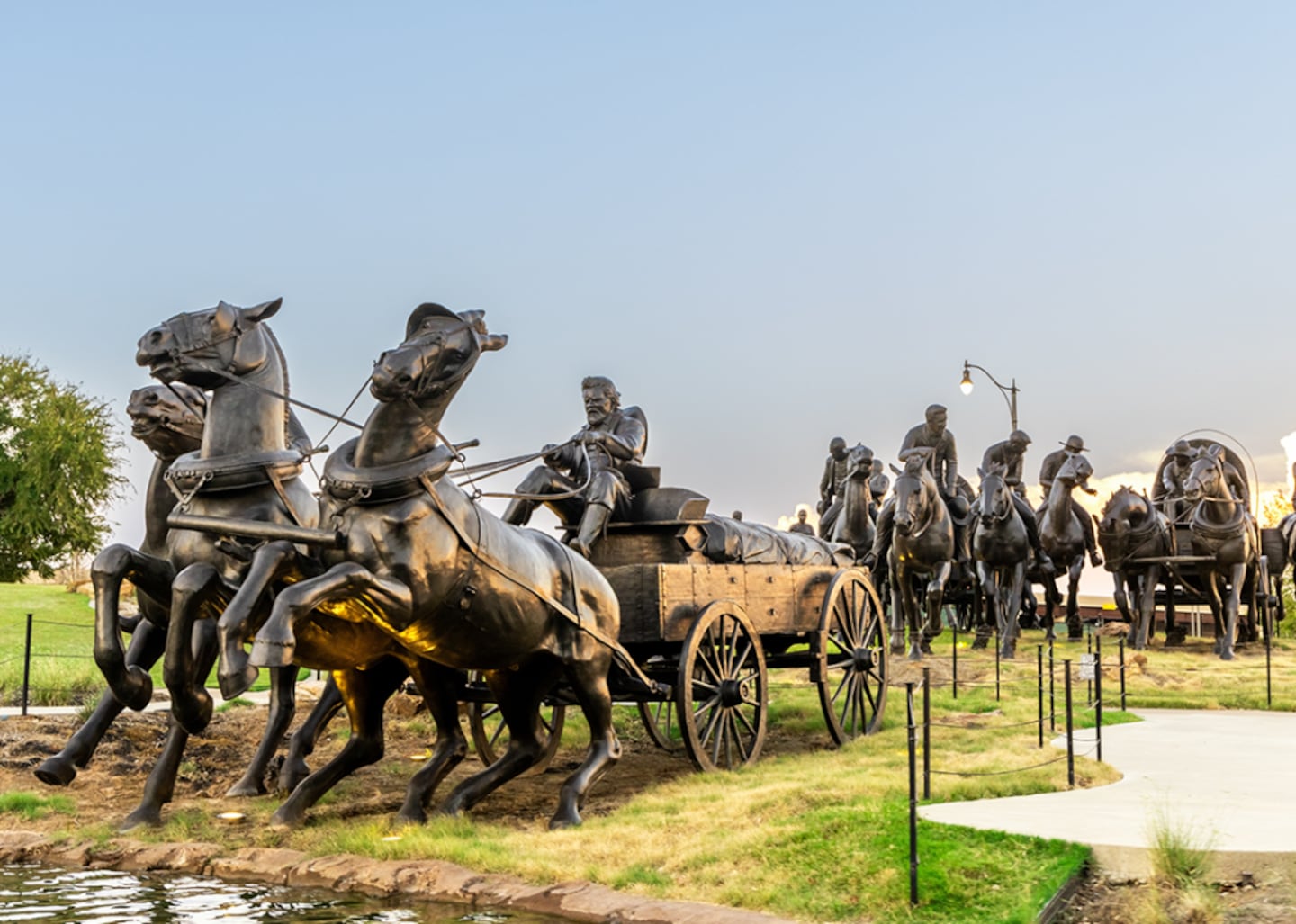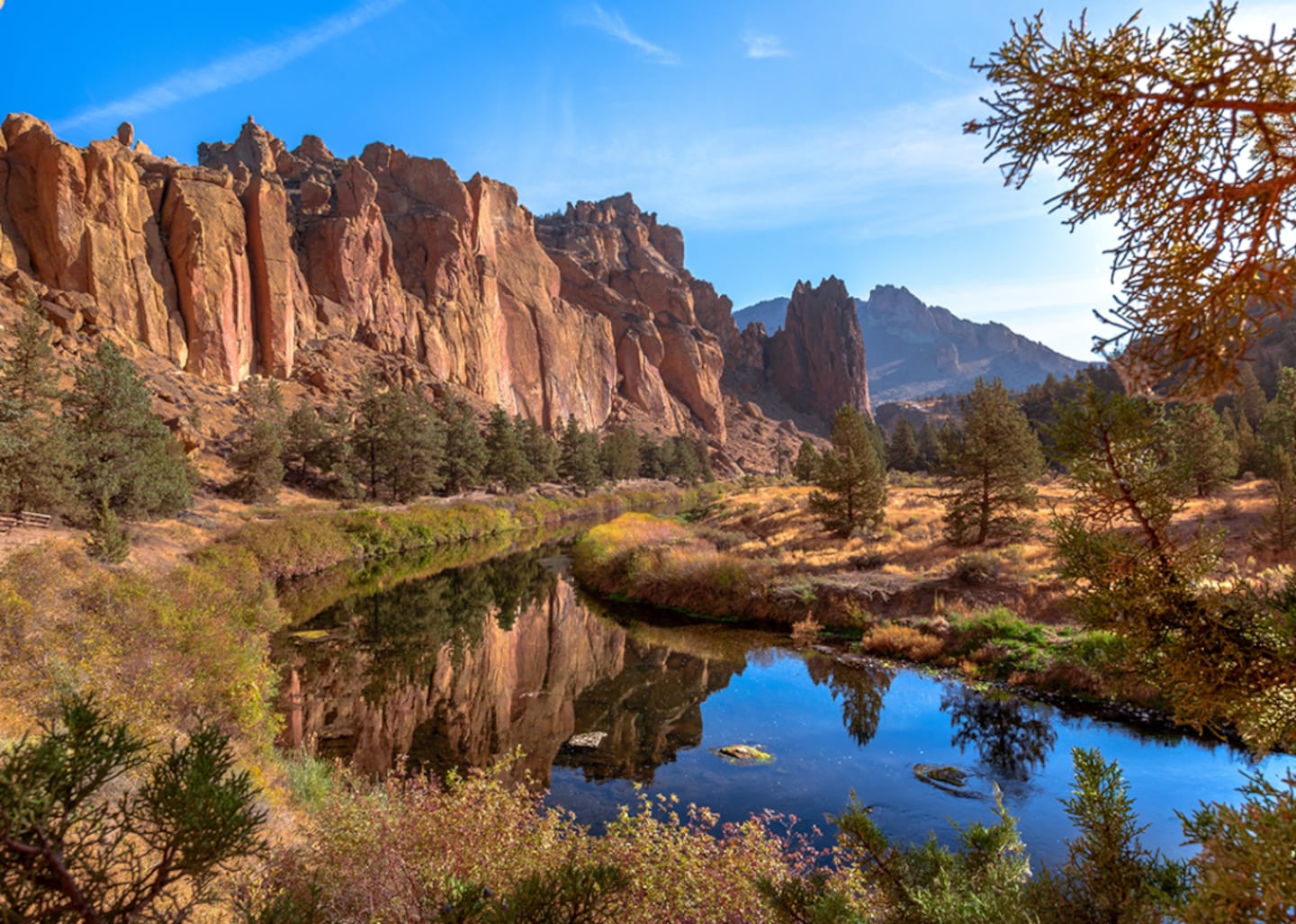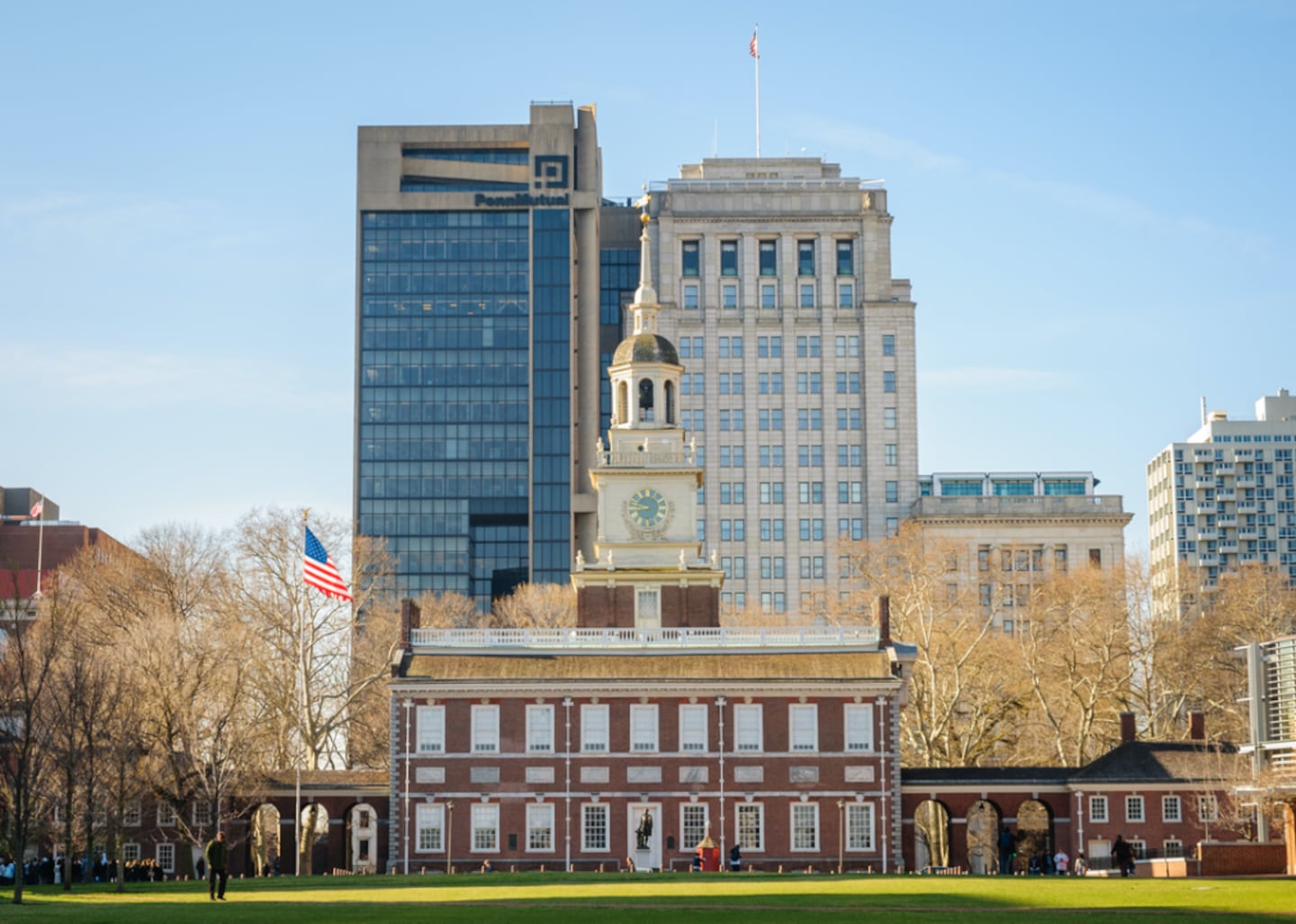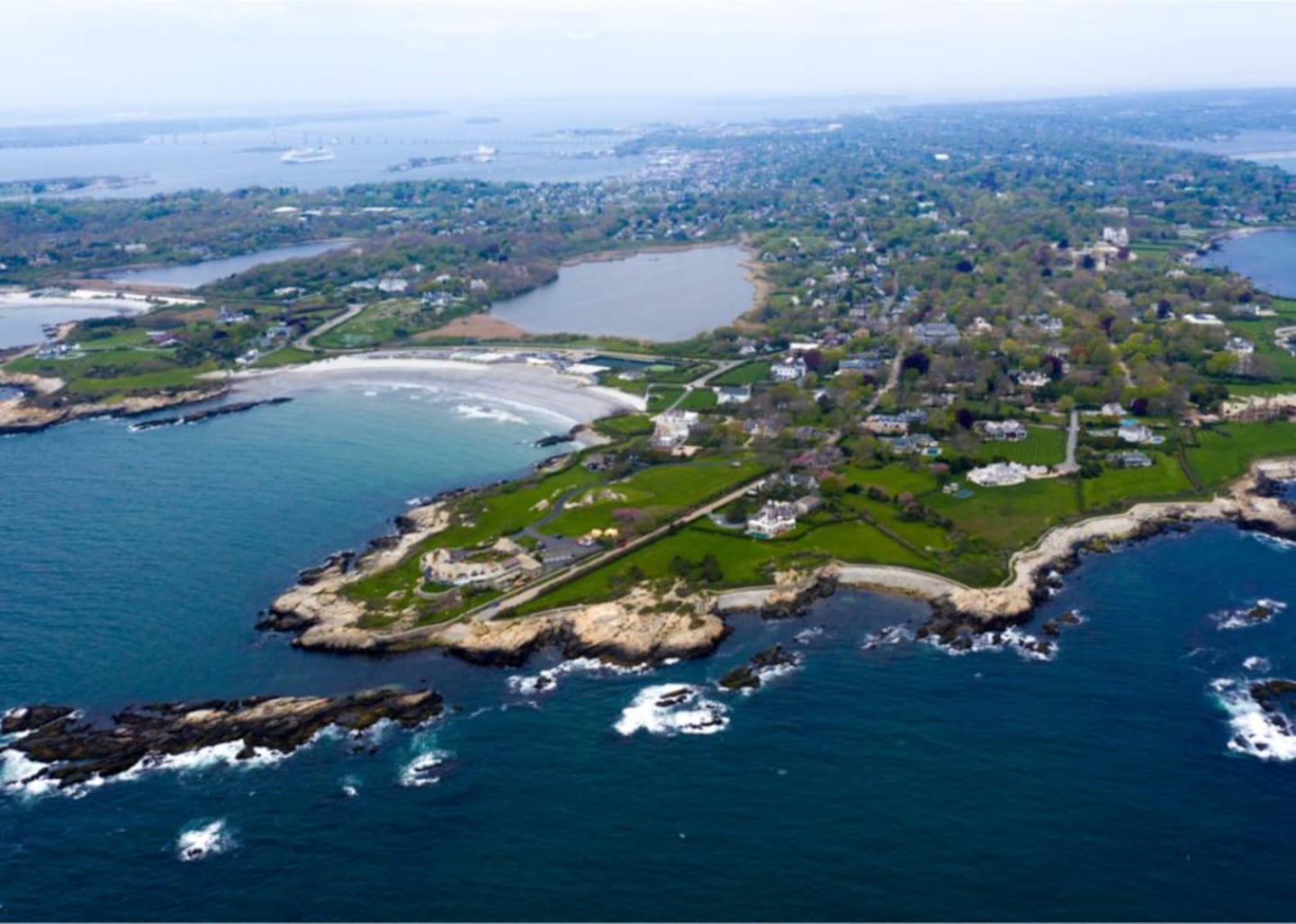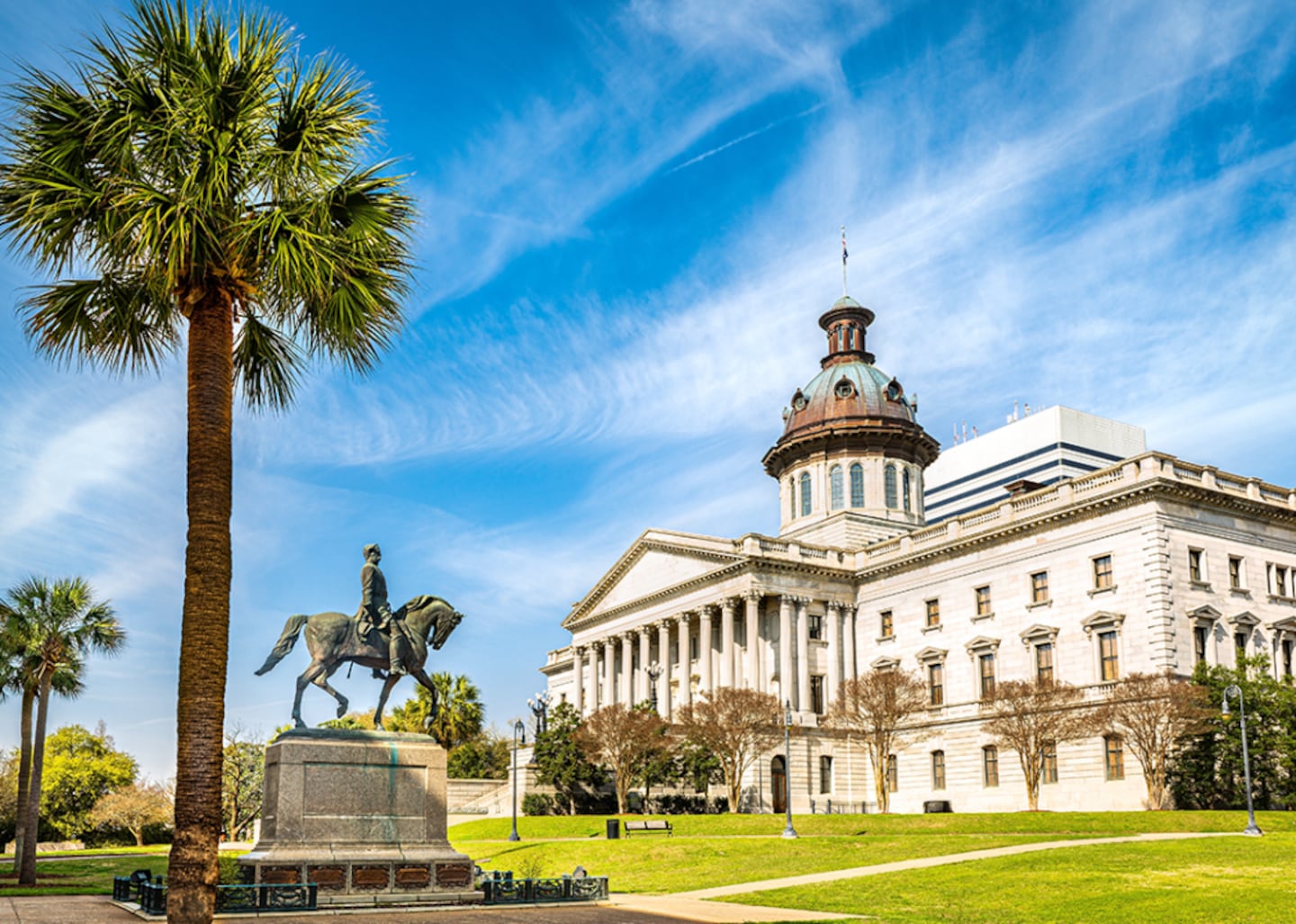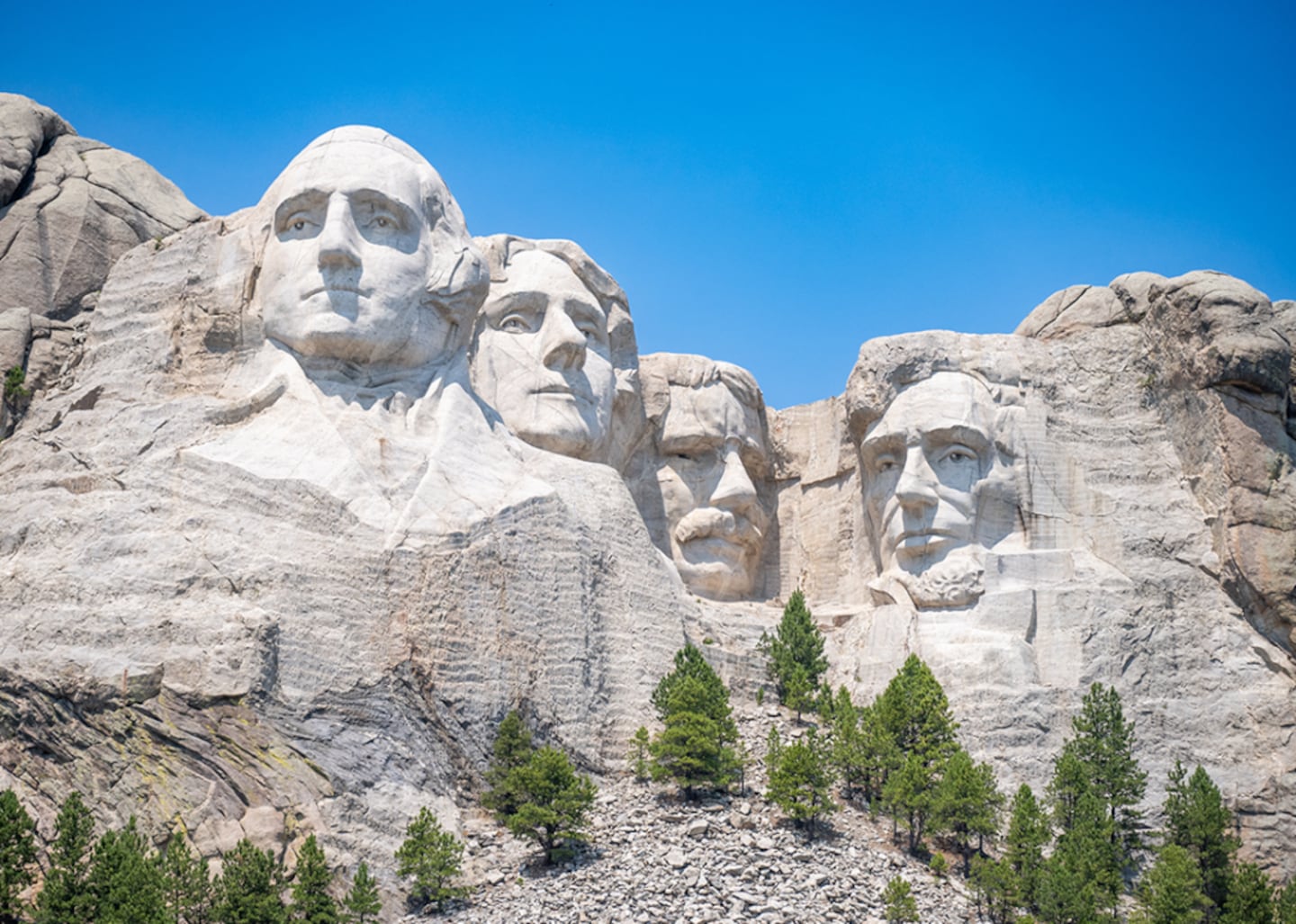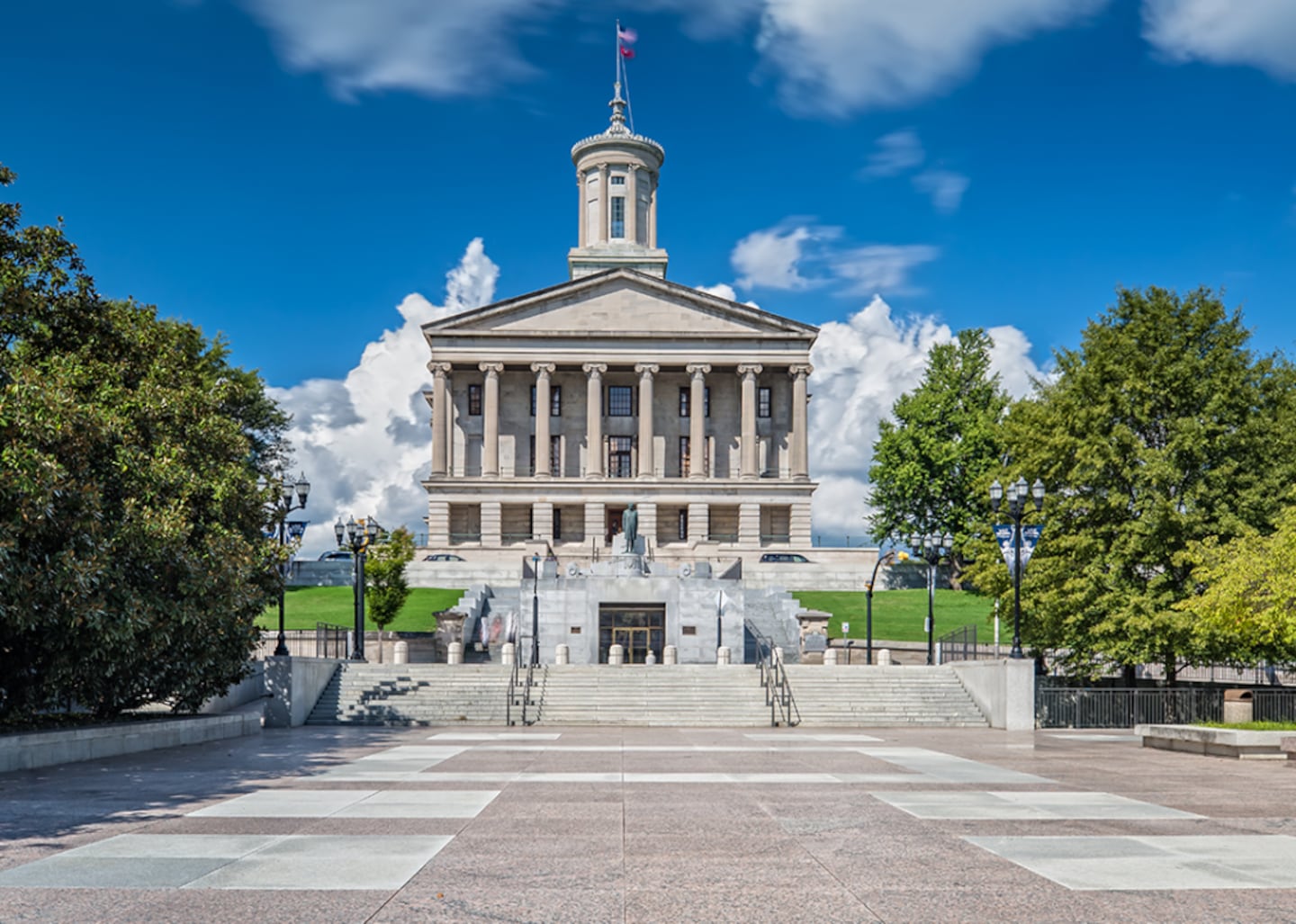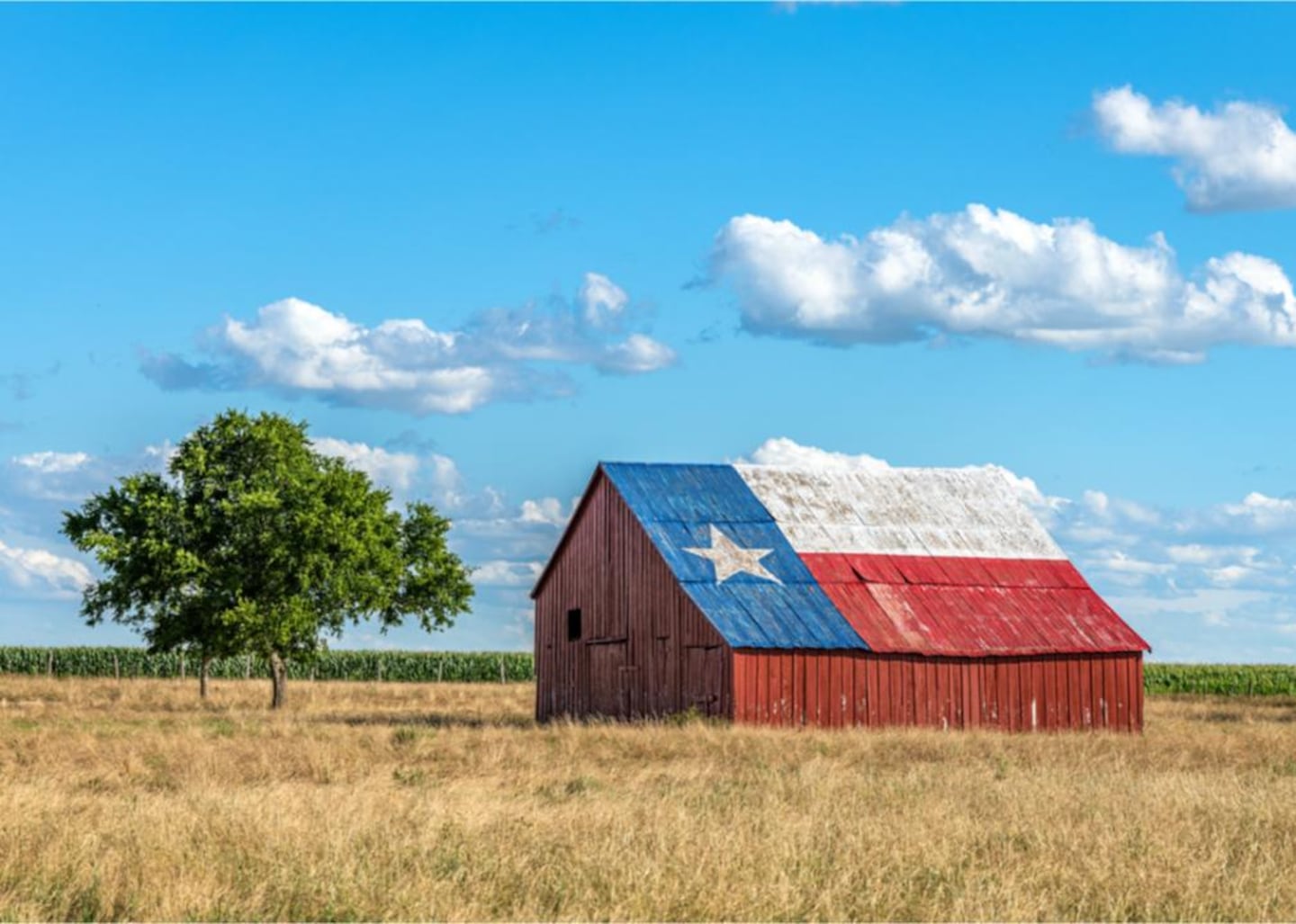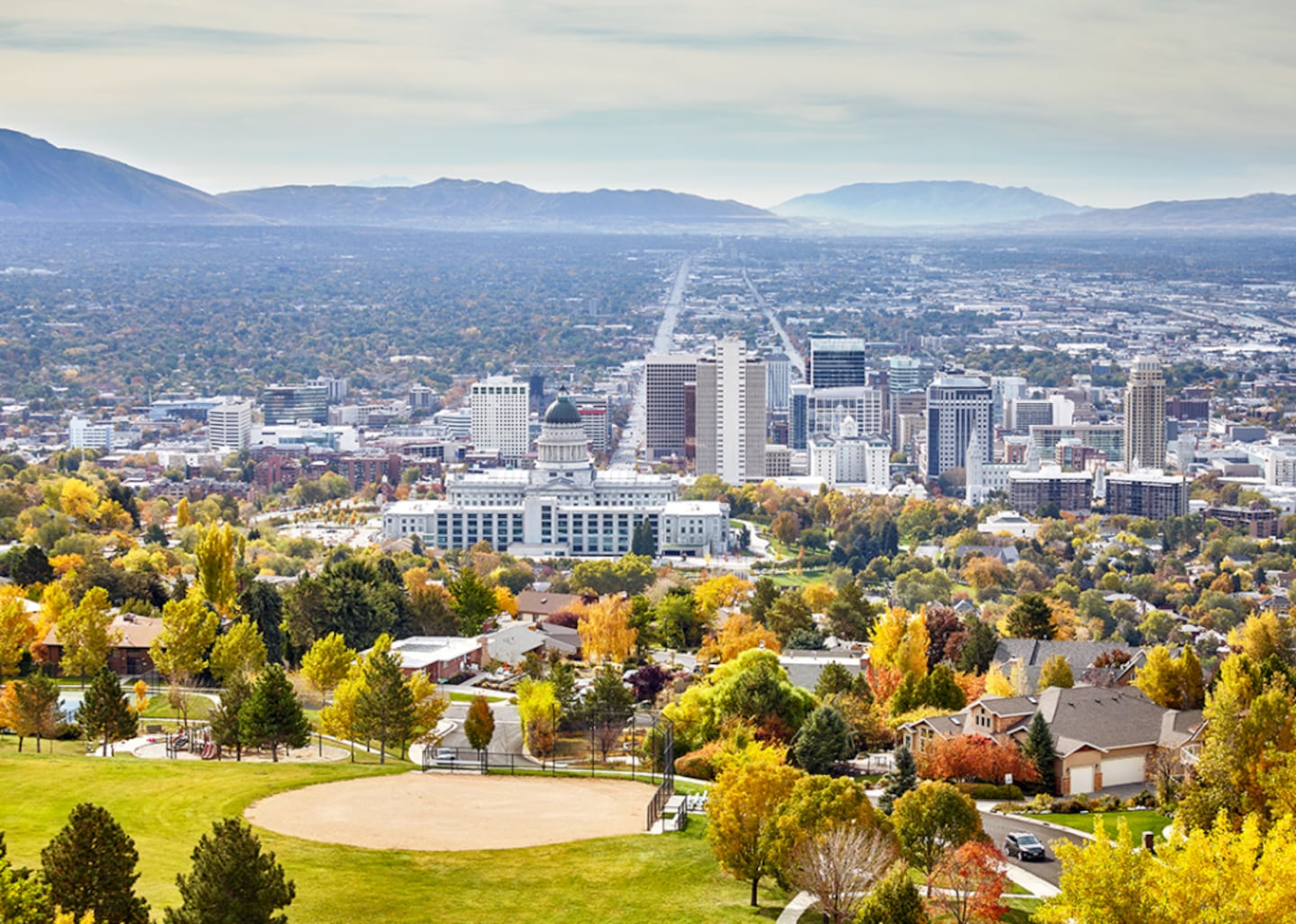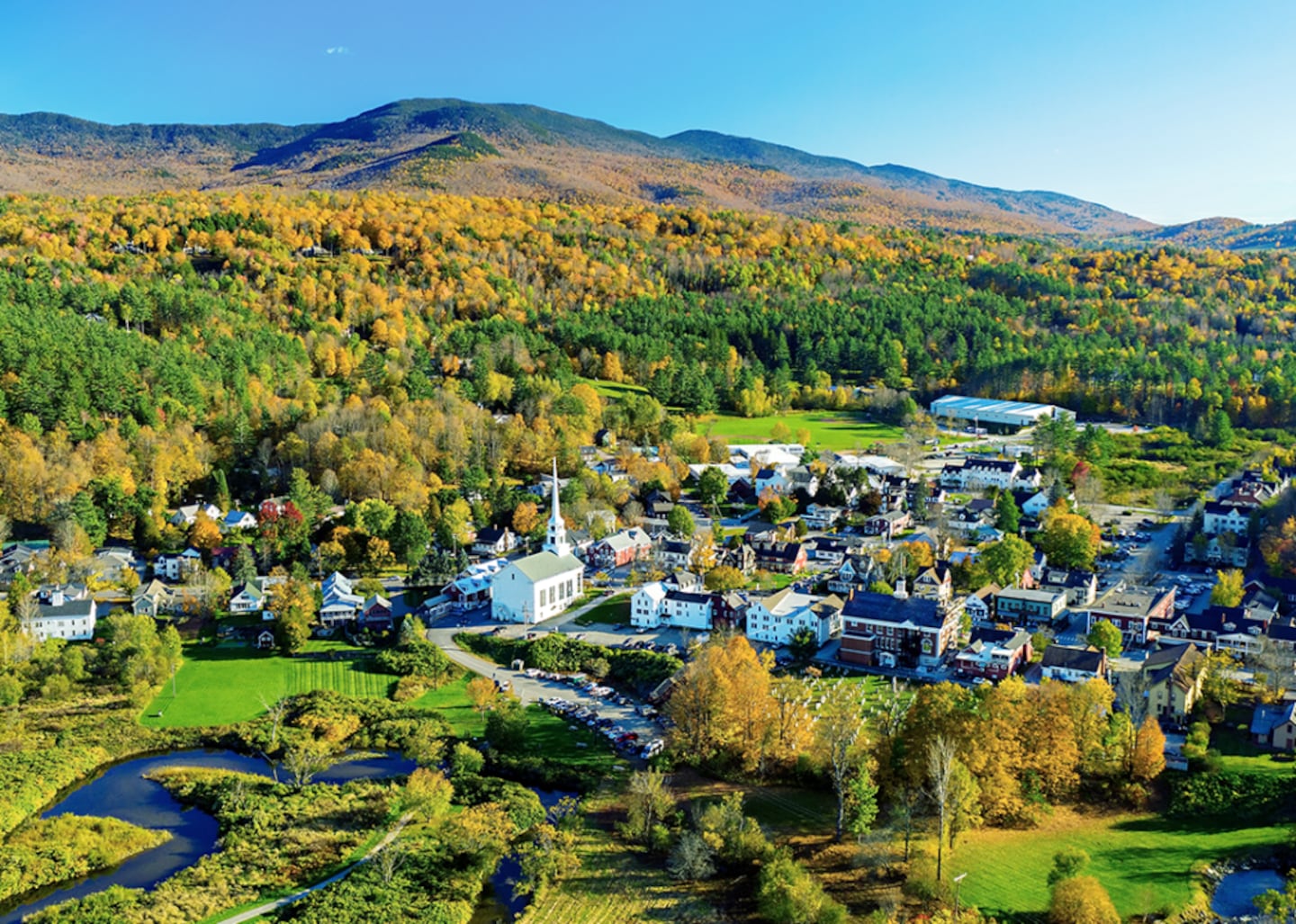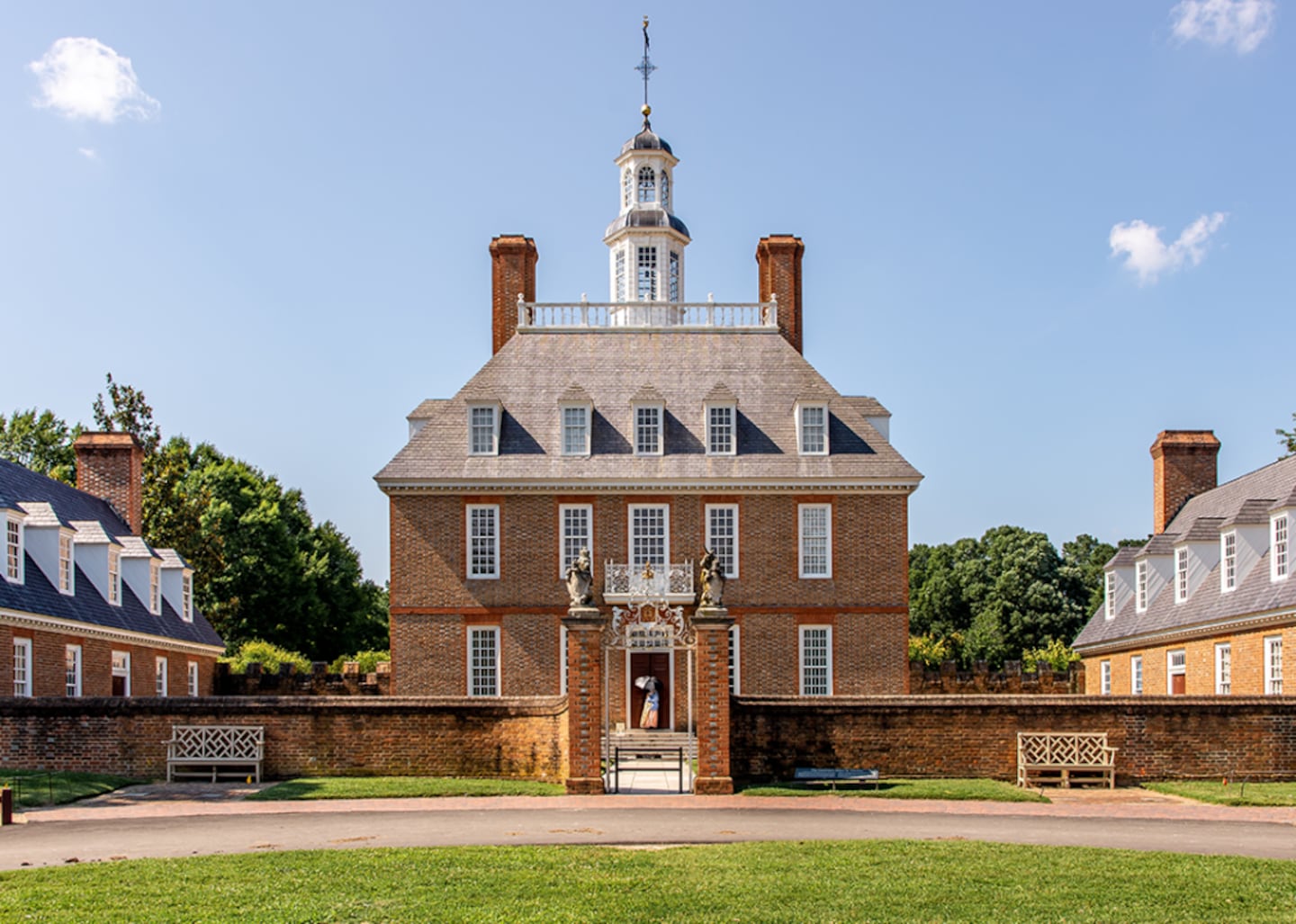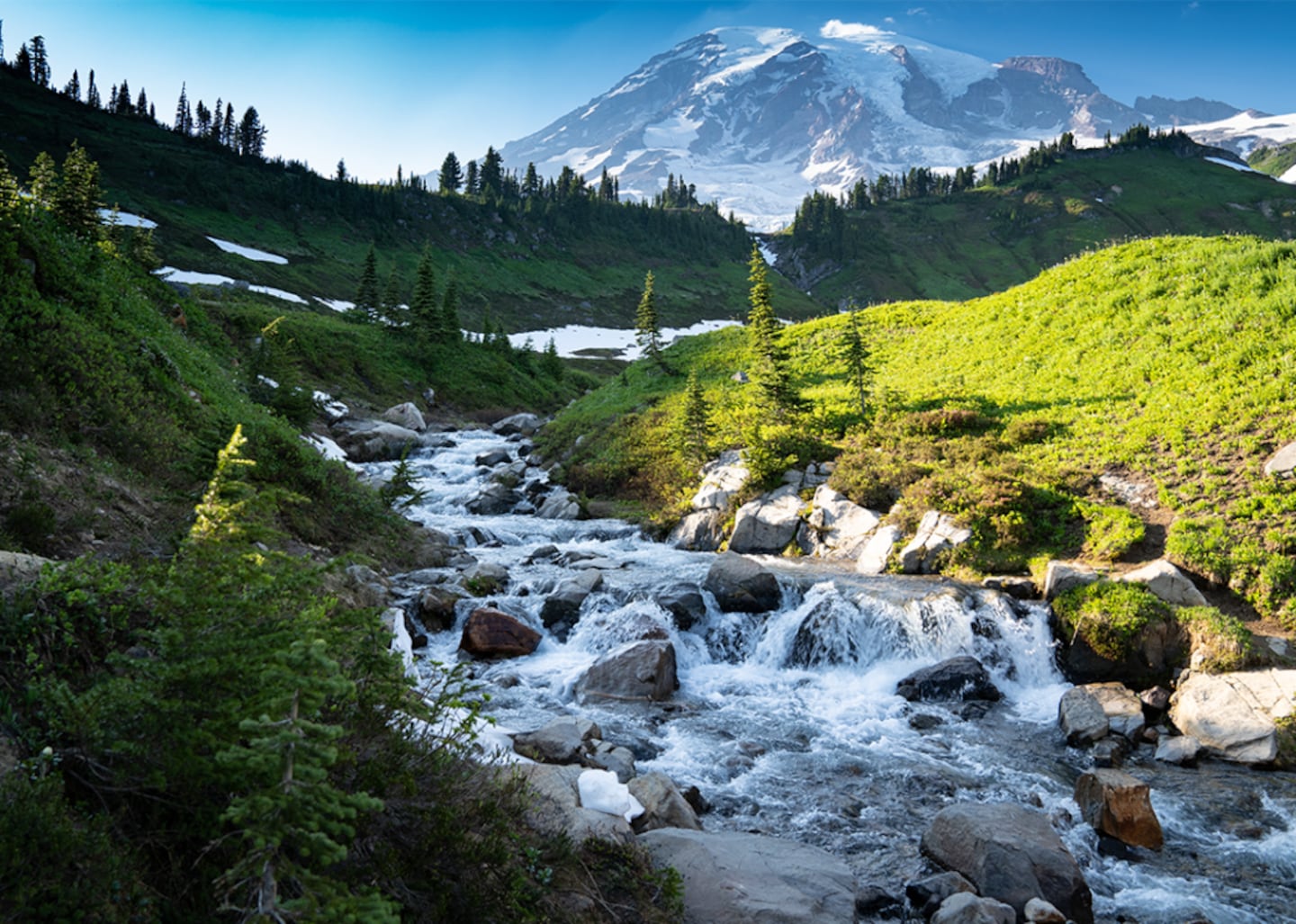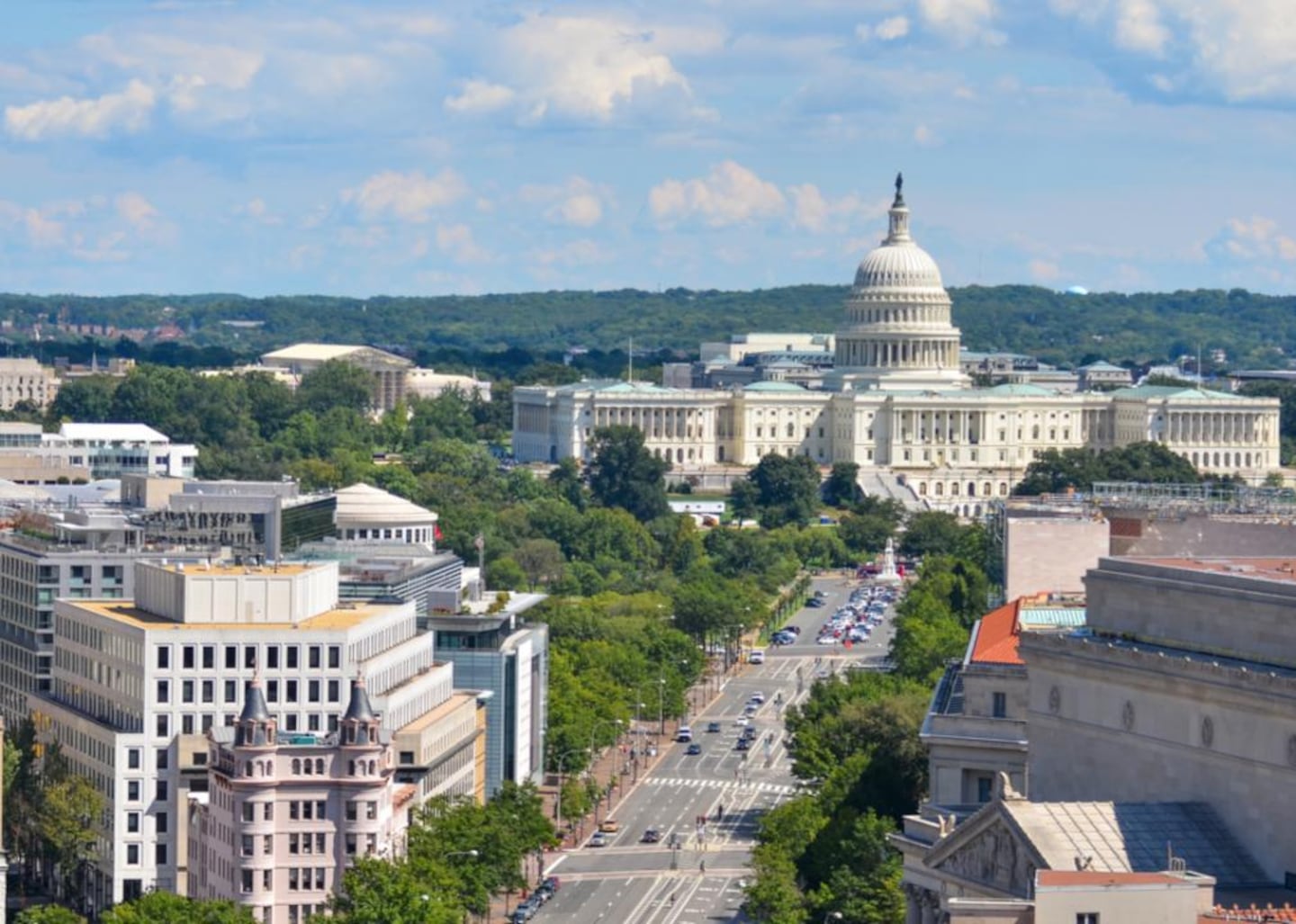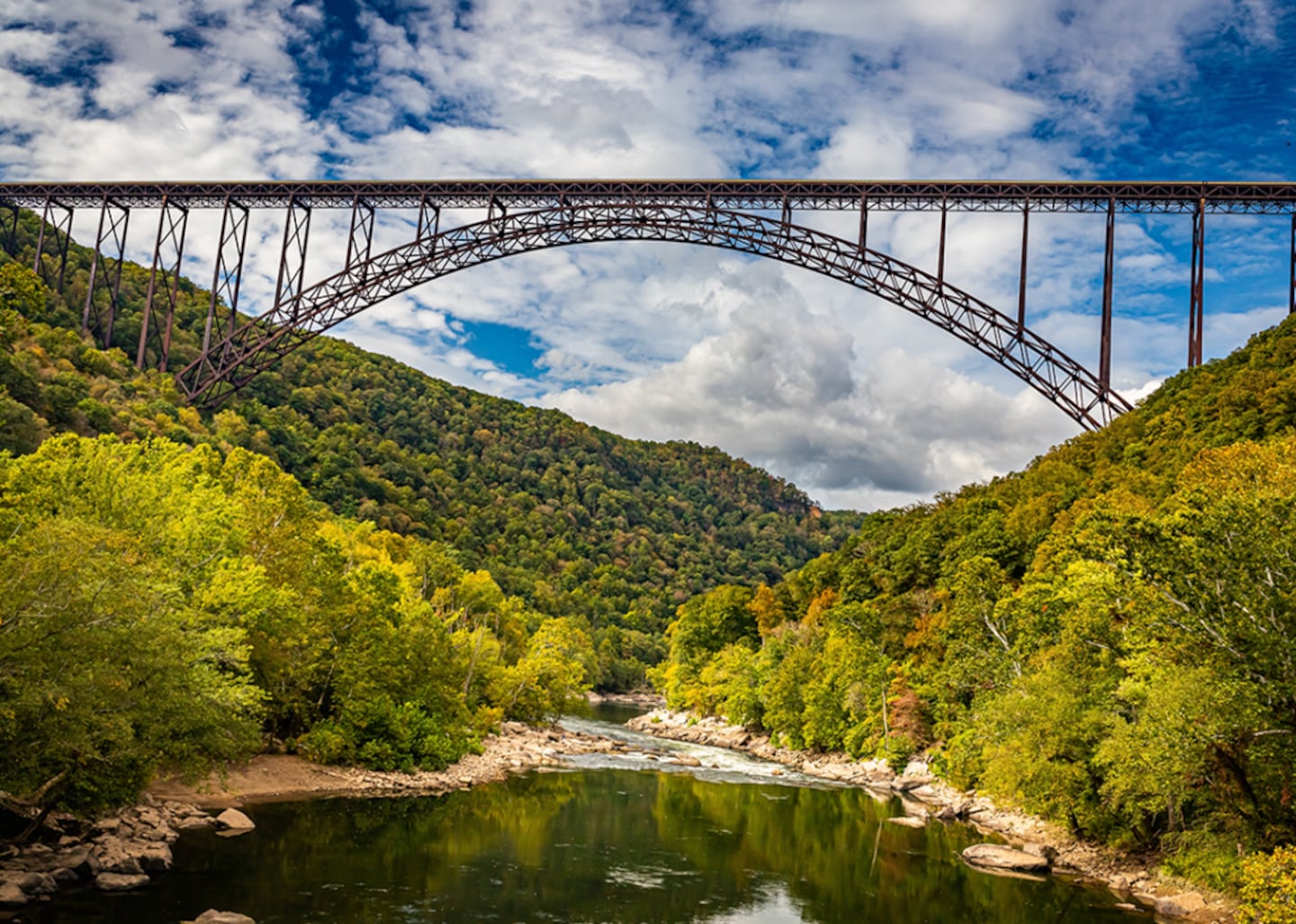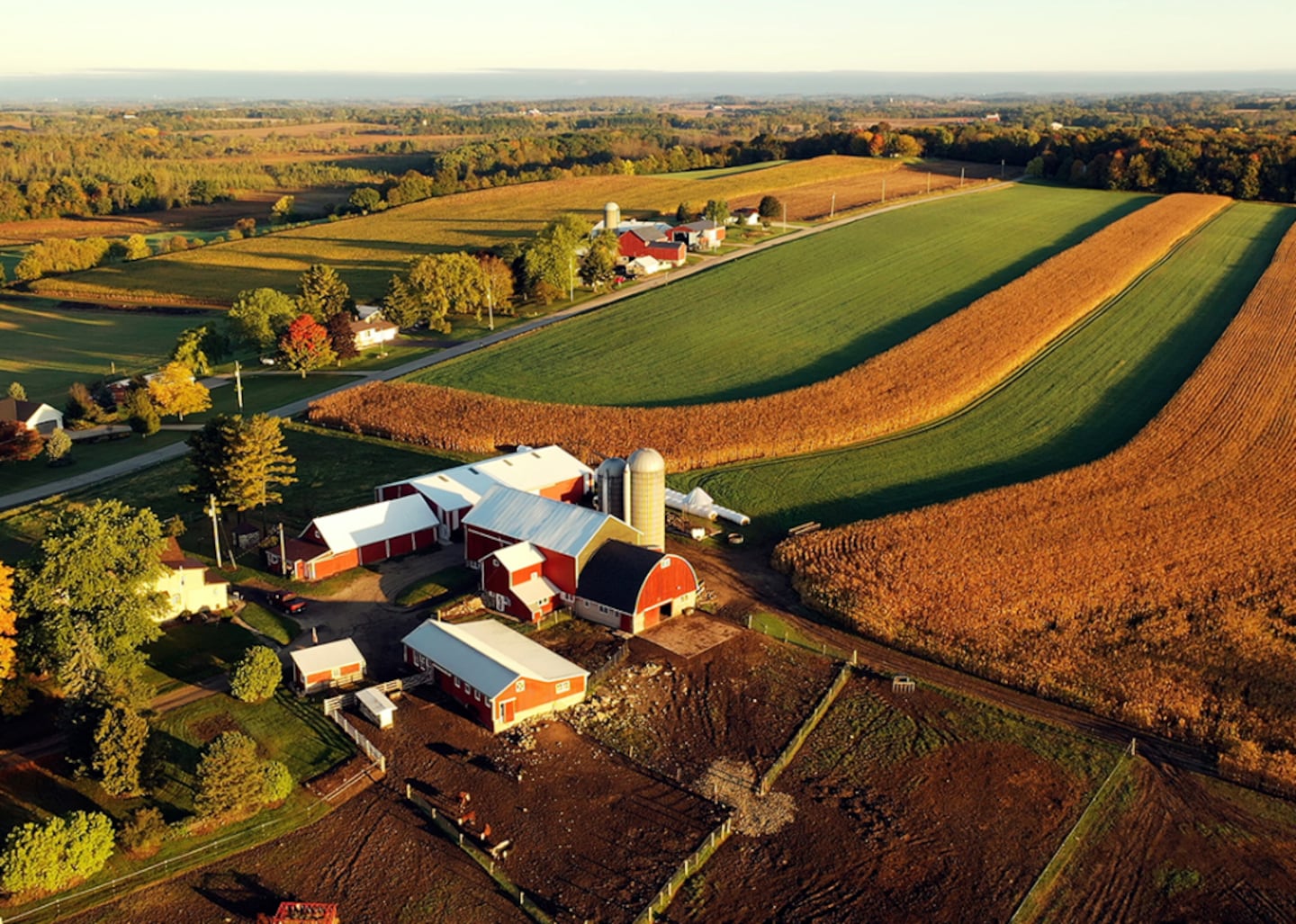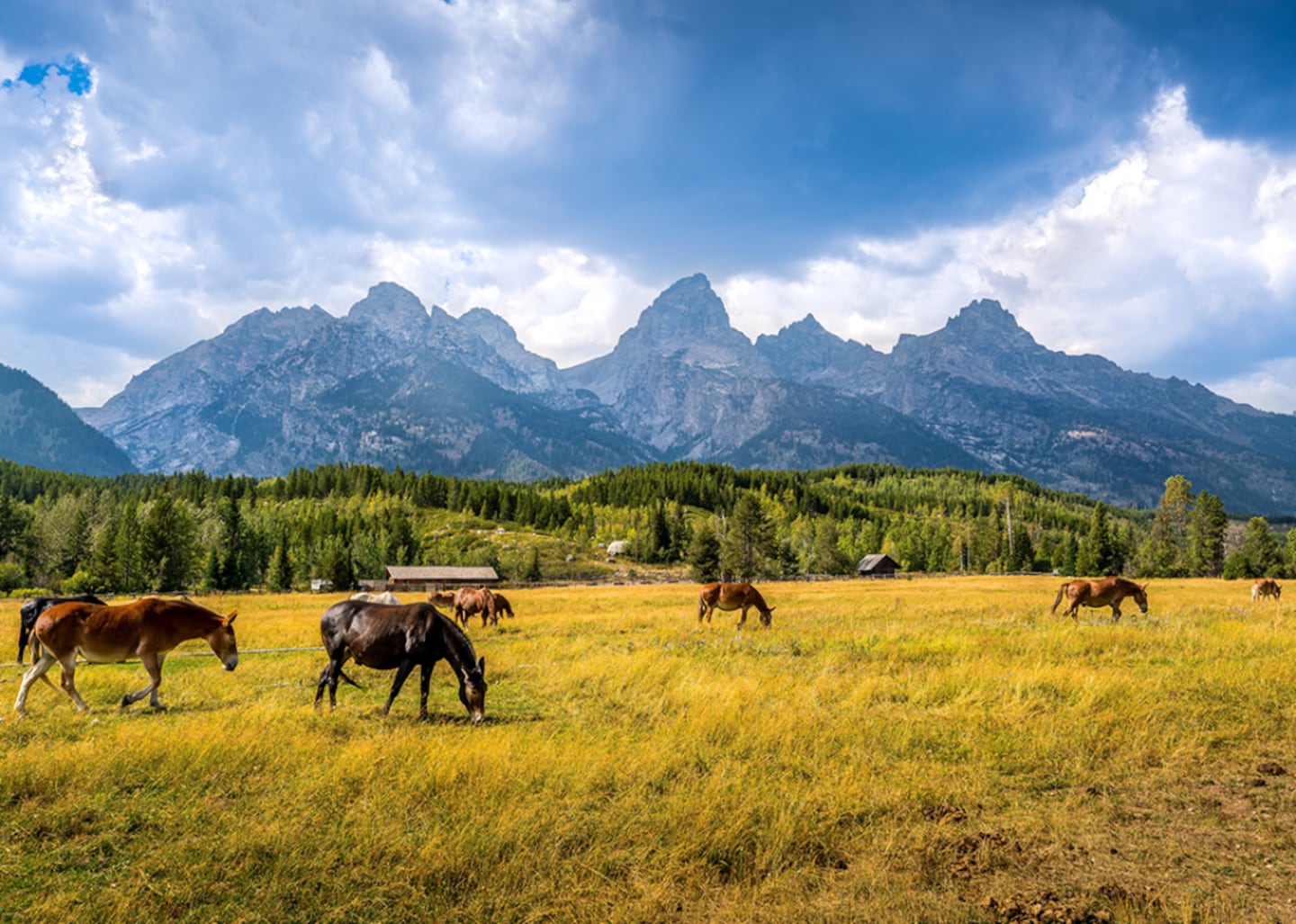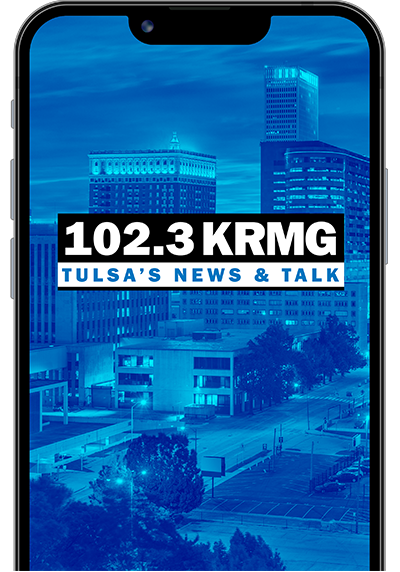The United States has a rich history spanning nearly 250 years. The national motto "In God We Trust" dates back to the Civil War—although Congress didn't make it official until 1956.
Each state's nickname, however, has its own unique origin story. Have you wondered who came up with the tagline or why a particular phrase represents your region?
State nicknames are unique monikers that provide a peek into the essence of each state, capturing the pride of the area's past while also shaping its identity for the future. Some are obvious choices, like those that highlight the most well-known physical attributes of a state—the lush landscapes, warm weather, or famous geographical features. Other nicknames refer to animals and foods that are indigenous to the land or products and industries that once flourished in that area.
Other state nicknames require additional context or detailed knowledge of historical events to help explain their symbolism or meaning. However, it's fun to imagine what residents of Mississippi did once upon a time to earn their reputation as the Hospitality State. How exactly did Wyoming beat other ranching states to rope in the moniker the Cowboy State?
Spokeo analyzed state government information and other historical sources to compile this list of stories behind every state's nickname. Where states had multiple nicknames throughout history, the one most popularly used or depicted on license plates was selected. Keep reading to learn fun facts about the origin of each tagline or nickname.
Shackleford Photography // Shutterstock
Alabama: Heart of Dixie
Beginning in the late 1940s, the Alabama Chamber of Commerce launched a public relations strategy to shift away from the racist implications of its Cotton State slogan in favor of a new catchphrase: Heart of Dixie. The name stuck and was added to state license plates beginning in 1955. Although the nickname remains commonplace well into the 21st century—influencing pop culture, like the 2010s TV series about a young Alabama doctor, "Hart of Dixie"—the term "dixie" still harkens back to the days of slavery in the antebellum South.
Pereze75 // Shutterstock
Alaska: The Last Frontier
The vast amount of unexplored and uninhabited Alaskan wilderness lends itself to the nickname of the largest of the 50 states. According to the Census, the population of The Last Frontier was just 1.3 people per square mile in 2020. For 11 seasons beginning in 2011, the Discovery network show "Alaska: The Last Frontier" followed the family of Grammy-nominated singer Jewel Kilcher, who have lived off the land for over 80 years.
Dennis MacDonald // Shutterstock
Arizona: Grand Canyon State
Arizona's premier natural feature is the perfect pick for the state's straightforward nickname. The Grand Canyon's formation began 2 billion years ago with a base of igneous and metamorphic rock that was then topped by layers of sedimentary rock. The Earth's plates shifted between 70 and 30 million years ago. The Colorado River began eroding the rock 5 to 6 million years ago, resulting in the creation of this great tourist destination that over 4.7 million people visited in 2023.
YP_ Studio // Shutterstock
Arkansas: Natural State
After the Arkansas state park system successfully coined the Natural State in its 1980s effort to increase tourism, legislation made Arkansas' nickname official in 1995. Although it may not be the first state that comes to mind for outdoor activities, Arkansas boasts 600,000 acres of lakes, 87,000 miles of rivers and streams, and thousands of miles of trails that draw in visitors who love to camp, fish, hike, bike, and more.
Stephen Moehle // Shutterstock
California: Golden State
This state nickname dates back to the California Gold Rush, which began in January 1848 with the discovery of the precious metal at Sutter's Mill. The term Golden State is apt, given the significant impact of the gold rush on the state: The population increased by over 286,000 in just half a decade, and this explosive growth led California to join the union in 1850. The nickname, which wasn't official until 1968, continues to be incorporated across the state, including the name of San Francisco's popular NBA team, the Golden State Warriors.
JHVEP // Shutterstock
Colorado: Centennial State
Also known as Colorful Colorado for its rich landscapes ranging from mountains to plains, Colorado's official nickname is the Centennial State. Named a territory by Congress in 1861, Colorado didn't become a state until six years later, on the 100th anniversary of the signing of the Declaration of Independence.
Sean Pavone // Shutterstock
Connecticut: Constitution State
Although it was the fifth of the 13 original colonies to join the Union in January 1788, some historians have argued that Connecticut was the first to have a written constitution. While others dispute this claim, the Fundamental Orders of 1638 and 1639 might be the first written constitutions and certainly influenced Connecticut's 1959 adoption of the Constitution State nickname.
Nagel Photography // Shutterstock
Delaware: The First State
On Dec. 7, 1787, Delaware was the first of the 13 original colonies to ratify the U.S. Constitution, becoming the nation's first state. It wasn't until 2002, however—nearly 225 years later—that this nickname became official at the request of a class of first graders from Mt. Pleasant Elementary School in Wilmington, Delaware.
frank_peters // Shutterstock
Florida: The Sunshine State
As the southernmost state in the continental U.S., it's no surprise that Florida has been dubbed The Sunshine State. The warm, often humid, weather is known for attracting visitors who want to trade cold northern winters for sandy beaches or the excitement of Walt Disney World. According to the CDC's National Environmental Public Health Tracking Network, however, Florida is not the sunniest state in the U.S. It ranks #12 in terms of annual sunshine as of 2020, while Hawai'i comes in at #1.
f11photo // Shutterstock
Georgia: Peach State
A strong association exists between peaches and Georgia, but not because the state produces the most peaches. Instead, Georgia outranks all states in peanut production, producing more than the rest of the country combined. Much like its neighbor Alabama, Georgia was branded the Peach State in an effort to create an association with skilled agriculture and shift away from the state's history of cotton production—and its history of slavery.
Pierre Leclerc // Shutterstock
Hawai'i: Aloha State
"Aloha" is more than a simple way to greet others or say goodbye; it is a deeply important element of Hawaiian culture. Hawai'i adopted the nickname the Aloha State in 1959—the same year it became the 50th state. Nearly 30 years later, in 1986, a law enacted officially defined the "Aloha Spirit" as "the coordination of mind and heart within each person." Though mostly symbolic, this law can hold residents and leaders accountable for practicing kindness and compassion toward one another in their daily lives.
J K Floyd // Shutterstock
Idaho: Gem State
Although Idaho is known for producing potatoes, its nickname doesn't have anything to do with the starchy vegetable. With over 72 types of precious and semiprecious gems found throughout the region—a greater variety than any place besides Africa—Idaho truly is the "Gem State." In 1967, the star garnet—found only in Idaho and India—was named the state gem. Tourists can visit the Emerald Creek Garnet Area in the northern part of the state to dig up their own souvenirs.
luminoisty-images.com // Shutterstock
Illinois: Prairie State
Illinois might be home to the hustle and bustle of the third most populous city in the U.S., Chicago, but the northern two-thirds of the state was built on grassland shaped by glaciers moving through the area thousands of years ago. The nickname Prairie State originated from those who found these wide-open swaths of prairie when they first settled in Illinois.
Sean Pavone // Shutterstock
Indiana: Hoosier State
Indiana residents have been dubbed Hoosiers for over 150 years, but the origin of this term is hazy. State representatives filed a bill to make the state nickname official in 2023, with one caveat: It should be attributed to Harry Hoosier, a formerly enslaved Methodist minister who preached throughout Indiana and other parts of the U.S. in the late 18th century. However, others claim the term began as simple slang for less wealthy farmers or residents of rural areas.
QZ // Shutterstock
Iowa: Hawkeye State
There are a few theories on how Iowa came to be the Hawkeye State, a nickname approved in 1838 by officials before the territory became a state. The term appears to have gained popularity around this time in Judge David Rorer's writings and by James G. Edwards, an editor who changed the name of his newspaper to include the word "Hawk-Eye" in 1839. Some also believe the slogan's inspiration is the character of the same name in James Fenimore Cooper's 1826 novel "The Last of the Mohicans."
Tommy Brison // Shutterstock
Kansas: Sunflower State
The helianthus—better known as the sunflower—has been the official state flower of Kansas since 1903 and appears in the state nickname and flag. Even prior to this official designation, Kansas suffragists chose the sunflower as a symbol in 1867, inspiring the use of yellow as the national color for the women's suffrage movement. Sunflowers, known for their cheerful beauty and ability to thrive in various types of sand and soil, bloom under sunny skies in every county of the Sunflower State.
Stephen Bailey // Shutterstock
Kentucky: Bluegrass State
Kentucky may be known as the Bluegrass State, but this moniker existed before bluegrass music became popular in the 1940s. The nickname's inspiration is the native grass, prevalent in the northern part of the state, where seed heads create a bluish hue when grown tall. There is a connection to bluegrass music, though: In 1938, Kentucky musician Bill Monroe named his band the Blue Grass Boys in homage to his home state, going on to become a major influence in this music style that combines elements of country, blues, jazz, and more.
Bonnie Taylor Barry // Shutterstock
Louisiana: Pelican State
With the Eastern Brown Pelican designated the official state bird, it only makes sense that Louisiana's nickname is the Pelican State. A pelican has also been a feature on the state seal since 1813, the year after Louisiana joined the Union, and the state flag since 1912. Perhaps the state's focus on the bird also helped aid its repopulation, as the pelican was removed from the Environmental Protection Agency's endangered species list in 2009 following decades of concern about its survival.
Joseph Sohm // Shutterstock
Maine: Vacationland
Since 1936, Maine license plates have beckoned tourists nationwide, calling them to visit Vacationland. Although it may not be one of the top U.S. destinations, tourism is one of the state's largest industries, and Maine has a very high percentage of vacation homes. Maine offers an incredible range of activities for outdoor enthusiasts, such as fishing, whitewater rafting, hiking, and skiing—and don't forget to try a world-famous lobster roll while you're there.
Real Window Creative // Shutterstock
Maryland: Old Line State
Before becoming the first U.S. president, George Washington was a lauded Revolutionary War general, commanding one battle that led to Maryland being dubbed the Old Line State. On Aug. 27, 1776, Washington led 13,000 U.S. soldiers against 34,000 British troops in the Battle of Brooklyn. A group of soldiers that came to be known as the Maryland Line sacrificed themselves to provide cover for the outnumbered American troops who hastened away under Washington's order to retreat. The state nickname has since commemorated the bravery of these soldiers.
Wangkun Jia // Shutterstock
Massachusetts: The Bay State
Massachusetts is well known for its bays and idyllic water destinations that are also rich with history. Massachusetts Bay was home to a 17th-century British colony and Boston Harbor. Tourists visiting Cape Cod Bay can enjoy whale watching, stroll the beaches, and see nearby Plymouth Rock, where the Mayflower landed in 1620.
Rudy Balasko // Shutterstock
Michigan: Great Lakes State
Michigan's nickname is self-explanatory, as the state is surrounded by the Great Lakes: Erie, Huron, Michigan, Ontario, and Superior. These massive lakes total one-fifth of the world's freshwater supply and significantly influence Michigan's weather. Covering over 94,000 square miles, the total surface area of the five lakes is greater than that of seven northeast U.S. states combined—Rhode Island, Vermont, Connecticut, Massachusetts, New Hampshire, New Jersey, and New York.
Michael J. Hambrock // Shutterstock
Minnesota: Land of 10,000 Lakes
Legend has it that the Land of 10,000 Lakes formed from the footsteps of Paul Bunyan and his blue ox Babe, but the truth is that 2 million years of glacier movement is responsible for creating these vast bodies of water. Minnesota has more than 10,000 lakes, but the number is debatable. It's difficult to tally up all the small lakes throughout the state. In 2019, Paul Boulay from the Minnesota Department of Natural Resources reported that the state has 11,842 lakes. However, in 2021, John Downing, director of the Minnesota Sea Grant College Program, used MNDNR's database to determine Minnesota has 14,380 lakes.
Sean Pavone // Shutterstock
Mississippi: Hospitality State
The Deep South is often associated with southern charm—warm conversations, friendly neighbors, or a helping hand when needed—and this is just what Mississippi aims to deliver as the Hospitality State. This and the state's other moniker, "The Magnolia State," go hand in hand, as the newest state flag—signed into effect in 2021—features a large magnolia blossom representing the hospitality of Mississippians.
Kyle Spradley Photography // Shutterstock
Missouri: Show-Me State
Like any good legend, Missouri's moniker has several origin stories. The phrase is widely attributed to Congressman Willard Duncan Vandiver, who served at the turn of the 20th century. In a speech at a naval banquet, he declared, "I come from a state that raises corn and cotton and cockleburs and Democrats, and frothy eloquence neither convinces nor satisfies me. I am from Missouri. You have got to show me." Another explanation attributes "show me" to miners from Missouri in Colorado who, unaccustomed to mining practices, needed explicit instructions. Today, the sobriquet has come to embody Missourians' no-nonsense and incredulous nature.
JWCohen // Shutterstock
Montana: Treasure State
Montana's natural beauty and vast horizons have earned it another unofficial nickname—Big Sky Country. But when the state adopted Treasure State as its motto, they were looking down, not up. Mineral riches in the form of gold, silver, sapphire, coal, and copper have long attracted prospectors who dreamed of digging up their next fortune. The state's dazzling natural resources led to a colorful boom-and-bust mining history as people flocked to the state, with many staying to call the picturesque grasslands and mountain ranges home.
Andrew B Hall // Shutterstock
Nebraska: Cornhusker State
Homesteaders came to Nebraska as early as the mid-1800s to develop what was then known as the vast American desert. Due to the lack of trees, they constructed homes from sod; this rugged and resourceful mentality became part of the state's early identity. These settlers also husked corn by hand, far before the invention of husking machinery, and Cornhusker State has come to embody this DIY spirit. Today, of course, cornhuskers are most commonly associated with the University of Nebraska's legendary football team.
RedTango // Shutterstock
Nevada: Silver State
In 1859, two miners in Virginia City, just southeast of what is now Reno, discovered a blue and gray substance that turned out to be a half-mile of silver and gold. The Comstock Lode, considered one of the most significant mining discoveries in American history, brought a rush of an estimated 20,000 fortune-seekers. It put Virginia City on the map, helping usher Nevada into the Union in 1964—and perhaps establish its reputation as the state people go to seek thrills and fortune.
Dan Hanscom // Shutterstock
New Hampshire: Granite State
Nestled in New England, New Hampshire is renowned for its vast granite formations and quarries, with the largest located at Rattlesnake Hill in Concord. This quarrying site has been in operation since the 19th century and today produces 25,000 tons of granite annually. The Granite State nickname supposedly comes from a song composed by attorney and cartographer Philip Carrigain, performed for an event honoring the Marquis de Lafayette in 1825.
Nick Vendetta // Shutterstock
New Jersey: Garden State
Though often associated with the historic Garden State Parkway, New Jersey's largest toll road, the Garden State boasts many gardens and arboretums. When Abraham Browning, who served as New Jersey's attorney general from 1845 to 1850, referred to "our garden state" as "an immense barrel, filled with good things to eat and open at both ends," he likely didn't anticipate how the nickname would evolve. It also inspired "Garden State," the 2004 film featuring Natalie Portman and Jersey native Zach Braff, who also wrote and directed the movie.
Paul Brady Photography // Shutterstock
New Mexico: Land of Enchantment
Sherbet sunsets, striking desert landscapes, and a fascinating history all contribute to New Mexico's enchanting nature. The state was first referred to by its nickname in a 1906 travel guide titled "The Land of Enchantment: From Pike's Peak to the Pacific" by writer and journalist Lilian Whiting. Although the guide covered the Southwest generally, New Mexico's tourist bureau declared the state the Land of Enchantment in 1935.
phototrip2403 // Shutterstock
New York: Empire State
New York's nickname traces back to a letter from George Washington in the early years of his presidency to the New York Common Council. In 1785, the father of our nation referred to the state of New York as "the Seat of the Empire." At the time, "seat of empire" was commonly used to describe a locus of power and control (think the Roman or British empires), but Empire State didn't gain traction until years later. Now, it lives on in popular culture—such as the Empire State Building and the chart-topping single "Empire State of Mind" by New York natives Alicia Keys and Jay-Z.
Jon Bilous // Shutterstock
North Carolina: Tar Heel State
As a major producer of supplies for the naval industry, such as tar, pitch, and turpentine, North Carolinian's nautical influence is reflected in their nickname. The tar production process was messy, thus the connection to workers getting it on their feet. However, being called a tar heel began as a mocking term for the working class, akin to redneck or hillbilly. Although the first reference to North Carolinians as tar heels dates back to the Civil War, it wasn't until 1893, when the University of North Carolina named its paper The Tar Heel, that the term evolved from insult to source of pride.
Zack Frank // Shutterstock
North Dakota: Peace Garden State
Spanning 2,300 acres and tucked in the Turtle Mountains, North Dakota's famed International Peace Garden draws tourists from around the world to marvel at its beauty and biodiversity. The IPG straddles the territory between the U.S. and Canada, symbolizing peace and friendship between the neighboring nations since 1932. The North Dakota Motor Vehicle Department added the phrase to license plates in 1956; it took off, and Peace Garden State was formally adopted by the state legislature the following year.
aceshot1 // Shutterstock
Ohio: Buckeye State
Ohio's nickname comes from the buckeye, the official state tree, which bears fruit containing poisonous nuts resembling the eye of a deer. The nickname took off as a result of the 1840 presidential campaign for William Henry Harrison, which was marked by the use of buckeye log cabins as a campaign symbol. Serving as the official mascot for The Ohio State University, the buckeye name has been embraced across the state by various Ohio landmarks and organizations, and even for a popular chocolate-peanut butter dessert.
Khosro // Shutterstock
Oklahoma: Sooner State
The term sooner is a reference to the Oklahoma Land Rush of 1889, when 50,000 settlers ran across the state seeking claim to a portion of a 2 million-acre stretch of "unassigned" lands previously designated as Native American territory. Settlers who tried entering the Unassigned Lands prior to the designated starting time were called sooners. In recent years, the term sooner, particularly as the mascot for the University of Oklahoma, has been met with controversy from critics who associate the term with colonization and oppression of Native Americans.
Foto-Jagla.de // Shutterstock
Oregon: Beaver State
As the largest rodent in North America, beavers were once widespread across much of present-day U.S. and Canada. Oregon adopted the industrious animal for its state motto and animal in recognition of its early settlers, who thrived in the fur trade. At its peak in the mid-1800s, European demand for beaver fur hats and coats was so high that more than 30,000 pelts were exported annually from the U.S. Demand has since waned, but beavers continue to face habitat loss and pollution, though, in Oregon, many supporters hope to help rebuild a healthy population.
Zack Frank // Shutterstock
Pennsylvania: Keystone State
Pennsylvania has the unique distinction of holding early America together in more ways than one. It was the center state of the original 13 colonies, and it was the site of pivotal events that provided cohesion to a newly formed nation. The keystone, a center stone at the top of an arch or lock that holds things together, is an apt metaphor for the state considered the birthplace of independence, where the first and second Continental Congresses took place.
KpertC // Shutterstock
Rhode Island: Ocean State
Small but mighty Rhode Island has nearly 400 miles of shoreline along Narragansett Bay—an impressive feat considering the state sits on just 1,214 square miles. The Ocean State motto was added to license plates in 1972 to attract visitors to the state's plentiful waterfront views and sports. The state's history has long been tied to its location near the ocean: Rhode Island was home to the first water-powered textile mill in the country in 1790 and built the first ocean wind farm in the U.S. in 2016.
Mihai_Andritoiu // Shutterstock
South Carolina: Palmetto State
South Carolina's abundant sabal palmetto trees are aesthetically pleasing, but they also served a purpose that led to their storied reputation. Their spongy centers absorbed the blows from cannonballs during the Civil War. The tree, often called a cabbage palm, also appeared on South Carolina's flag when it left the Union in 1861.
Lost_in_the_Midwest // Shutterstock
South Dakota: Mount Rushmore State
Before South Dakota declared itself the Mount Rushmore State, its mottos included Coyote State, Artesian State, and The Land of Plenty. The current namesake, adopted in 1992, is a nod to Gutzon Borglum's famed memorial with the 60-foot tall likenesses of U.S. presidents George Washington, Thomas Jefferson, Theodore Roosevelt, and Abraham Lincoln carved into the Black Hills. Tourists flocked to the site when it opened in 1941 and haven't stopped since. The National Park Service reports that more than 2 million visitors visit the memorial annually.
Susanne Pommer // Shutterstock
Tennessee: Volunteer State
Recognizing Tennessee's military history, the Volunteer State motto refers to the generations of Tennessean soldiers who answered calls for service. During the War of 1812, Tennessee's militiamen gained praise for mobilizing quickly to join Gen. Andrew Jackson. Later, the Mexican American War of 1848 saw more than 30,000 Tennessee volunteers step forward for a call of 2,600 soldiers. Tennessee has continued to celebrate its volunteer history for more than a century through more recent global conflicts in the Persian Gulf and Iraq.
Joe Belanger // Shutterstock
Texas: Lone Star State
When Texas gained independence from Mexico in 1836, it remained an independent republic for nine years before being annexed by the U.S. During this time, its flag represented the Republic of Texas, its single star and simple red, white, and blue pattern reflecting the "bravery, loyalty, and purity" of rugged early Texans. Lone Star, however, has become both a branding term and a state of mind, suggesting the fierce independence and self-reliance that remains a vital aspect of Texan identity.
Maciej Bledowski // Shutterstock
Utah Beehive State
While early Utahns may have liked honey, it's a bee's industriousness and collaborative spirit that inspired the state's motto. The beehive symbolism is credited to Brigham Young, founder of the Church of Latter-Day Saints, who selected it after Mormons arrived in Salt Lake City in 1847—a reminder that they would need to work together harmoniously to thrive in their new arid home. The beehive motif can be seen in countless crests and designs across Latter-Day Saints churches and was later adopted by the state for all residents to celebrate its hard-working past.
John Couture // Shutterstock
Vermont: Green Mountain State
The name Vermont derives from the French words "vert" and "mont" or "green mountain" in translation. Although the name is often attributed to French explorer Samuel de Champlain, considered the first European to reach Vermont in 1609, its exact origins are somewhat murky. Drive through the state's lush, rolling hills or visit the 400,000-acre Green Mountain National, however, and it's obvious why Green Mountain State is an apt nickname.
Kevin M Collins // Shutterstock
Virginia: The Old Dominion
Even after the Commonwealth was established, Virginia remained loyal to the British crown and thus was given the nickname, possibly by King Charles II himself. The name derived from Virginia being the first overseas dominion of English royalty. Virginia has several monikers, including the Mother of Presidents and Mother of States, but The Old Dominion still sticks.
melissamn // Shutterstock
Washington: Evergreen State
With their year-round foliage, deep roots, and luxurious smell that has inspired many a scented candle, evergreens are a tree to be admired and respected. Abundant throughout the region, Washington became known as the Evergreen State when C.T. Conover, a Seattle realtor, historian, and newspaperman, titled a sales booklet on the region, "Washington, The Evergreen State and Seattle, Its Metropolis" to attract buyers to the verdant region. Although tourism brochures used the nickname for decades, it was never officially adopted.
Orhan Cam // Shutterstock
Washington DC: Nation's Capital
While this straightforward nickname doesn't reveal much about D.C. other than distinguishing it as a capital city (as opposed to a state), there's an interesting history behind the name. President George Washington was given the authority to select the final location of the federal district, as it was known, somewhere along the Potomac River. The name Columbia is a nod to explorer Christopher Columbus and was used as a patriotic shorthand to refer to the U.S. during the Revolutionary War era. Thus, Washington, District of Columbia, became the nation's capital.
Gestalt Imagery // Shutterstock
West Virginia: Mountain State
With the Appalachian Mountain system slicing through the state, West Virginia's entire landscape is defined by hills and majestic mountain ranges. Home to stunning expanses like the Blue Ridge Mountains, the Allegheny Plateau, and the Cumberland Mountains, the state's ranges draw tourists to their ski resorts, national forests, and incredible beauty. West Virginia is also home to about 4 miles of the Appalachian Trail.
Lena Platonova // Shutterstock
Wisconsin: America's Dairyland
Home to a prestigious master cheesemaking program and known for its squeaky and snackable cheese curds, Wisconsin doesn't need much more to prove itself as America's dairyland. Swiss immigrants are credited as the first to raise dairy cows and make cheese in the state as far back as the 1840s. Though California now produces the most milk, Wisconsin is still the largest cheese producer in the nation.
Harry Beugelink // Shutterstock
Wyoming: Cowboy State
Wyoming has proudly embraced its cowboy country roots since before it joined the union in 1890 when plenty of cowboys wandered into the territory via pioneer wagon trains and military forts along the Oregon Trail. Today, the state is among the top 10 largest in the country, yet it remains one of the least populated, giving residents plenty of wide-open range. Since 1936, Wyoming's license plates have sported an image of a cowboy astride a bucking horse—perfectly fitting for a state that's adopted rodeo as its official sport and the bison as its official mammal.
Additional research by Dom DiFurio. Additional writing by Alizah Salario, Elisa Huang, and Tim Bruns. Copy editing by Kristen Wegrzyn.
This story originally appeared on Spokeo and was produced and distributed in partnership with Stacker Studio.
